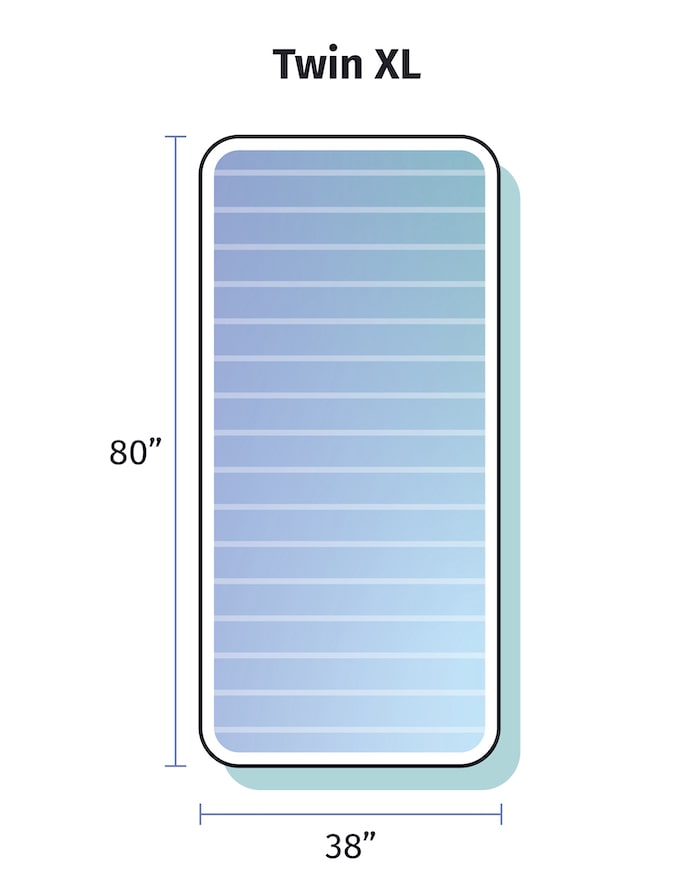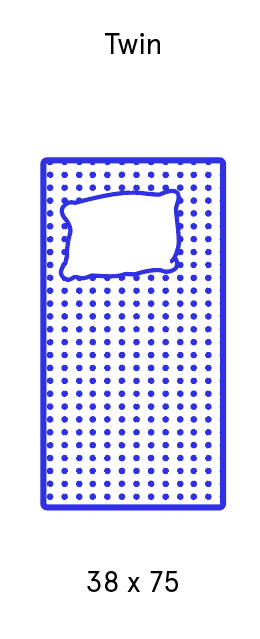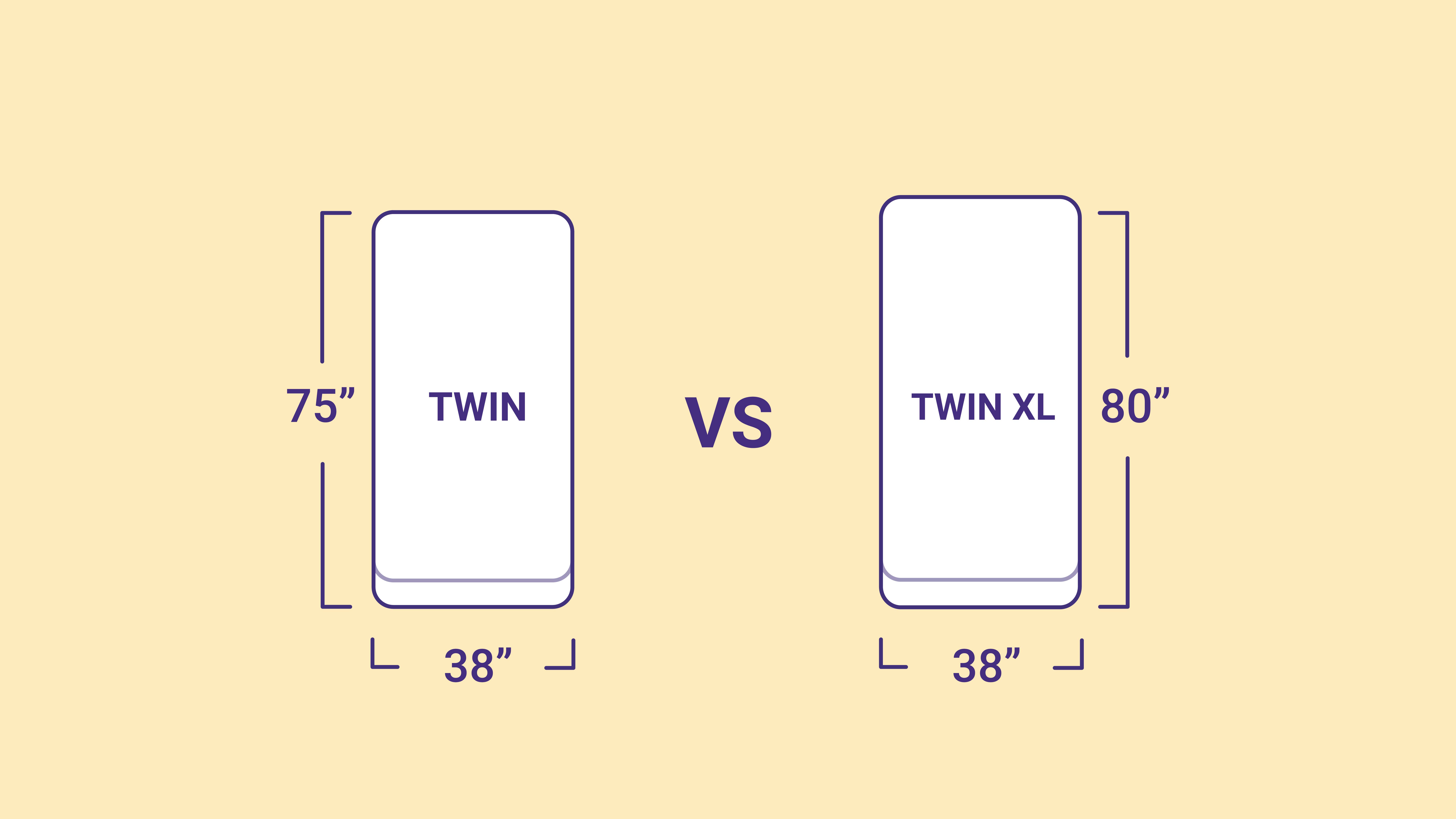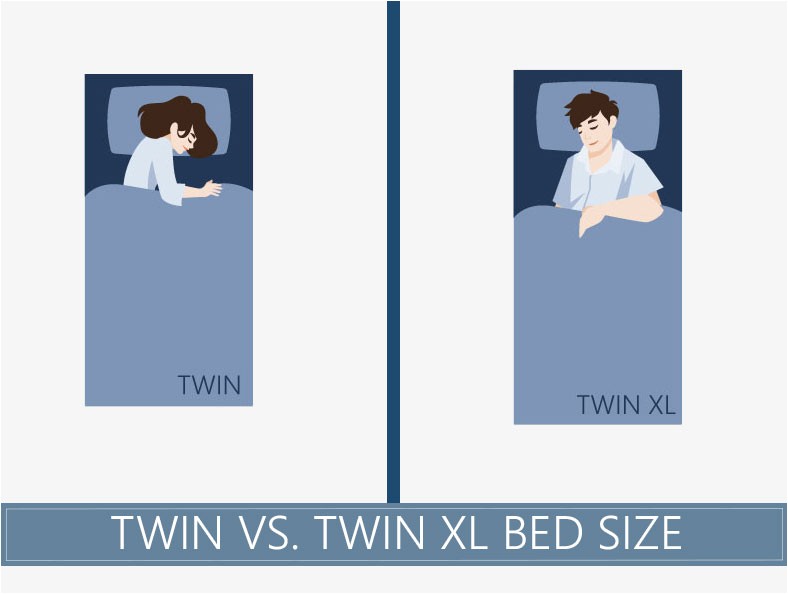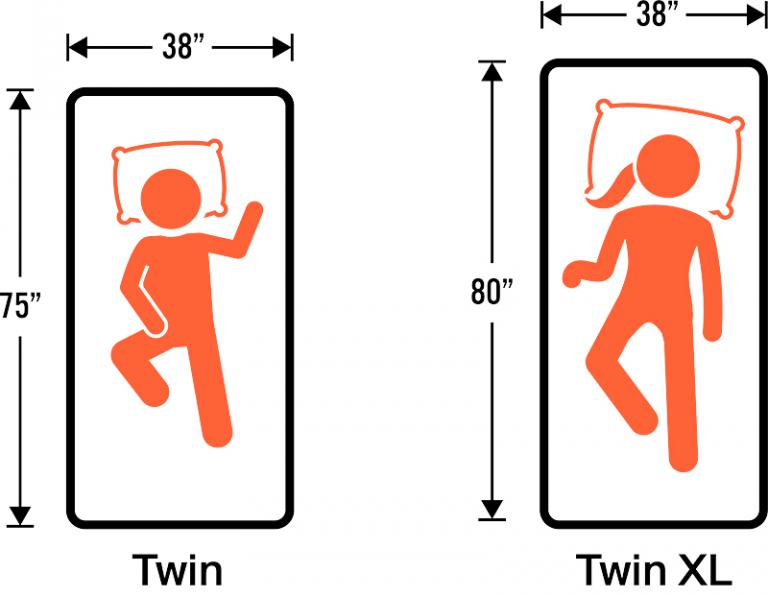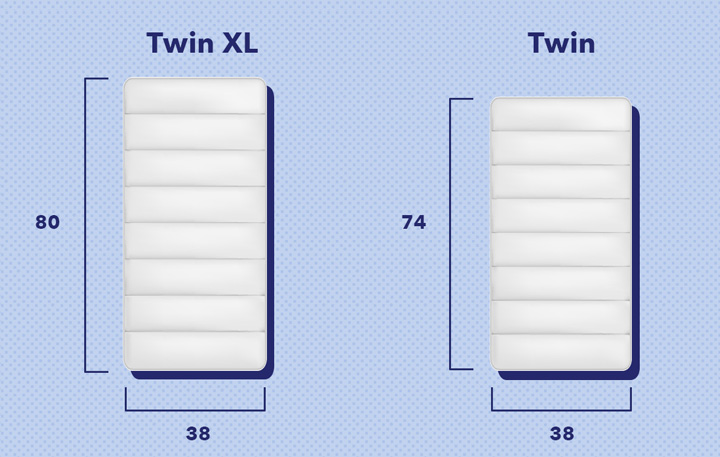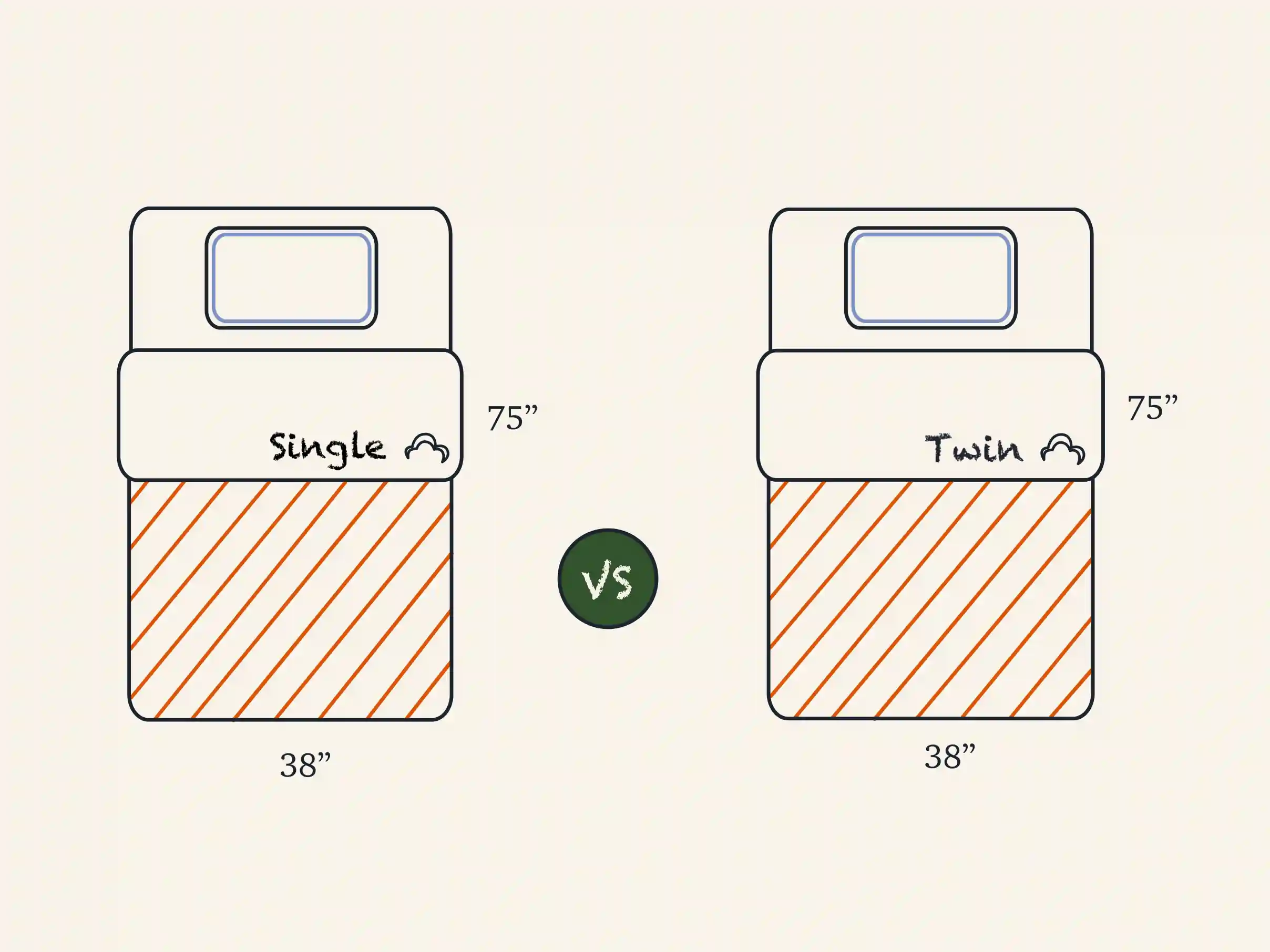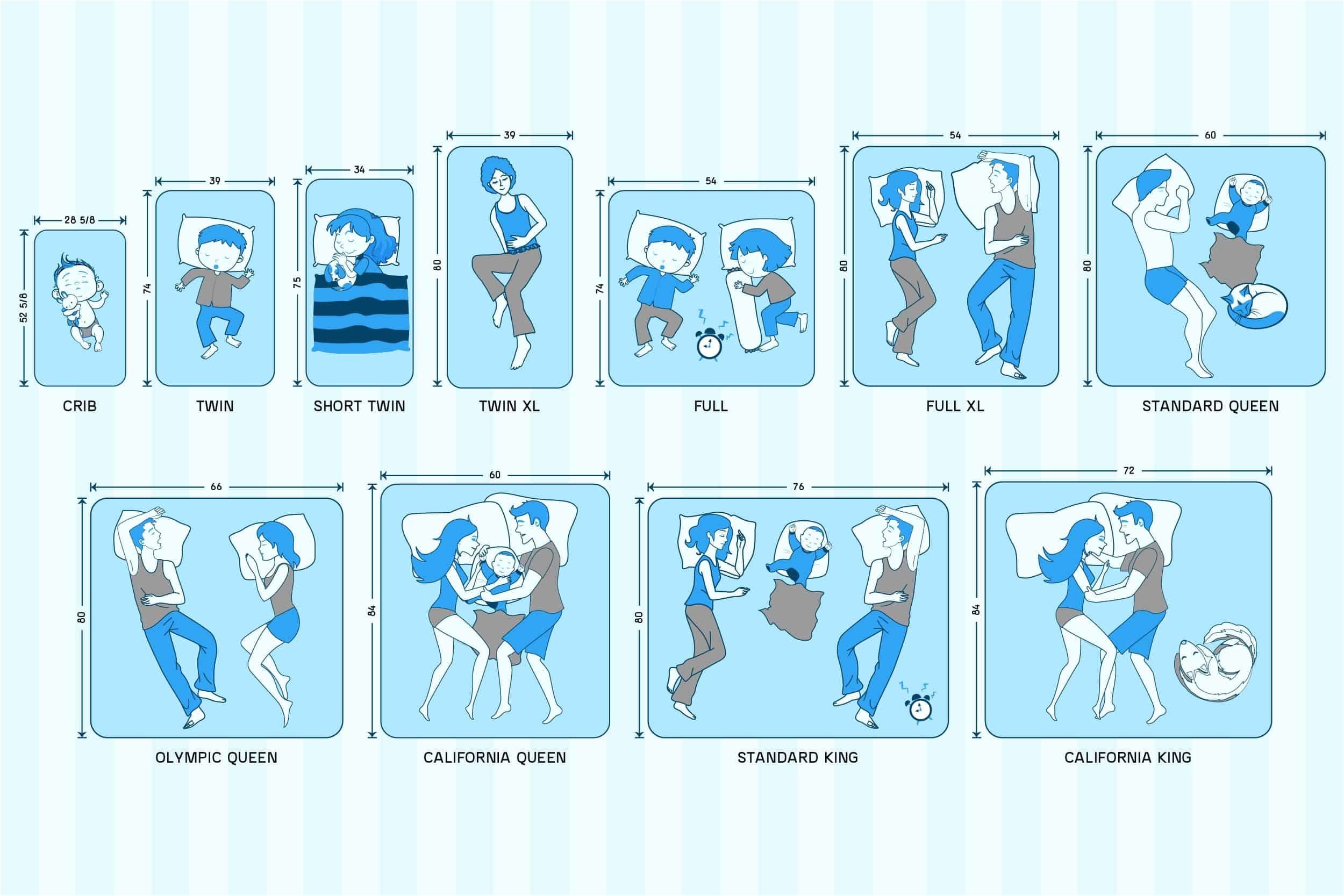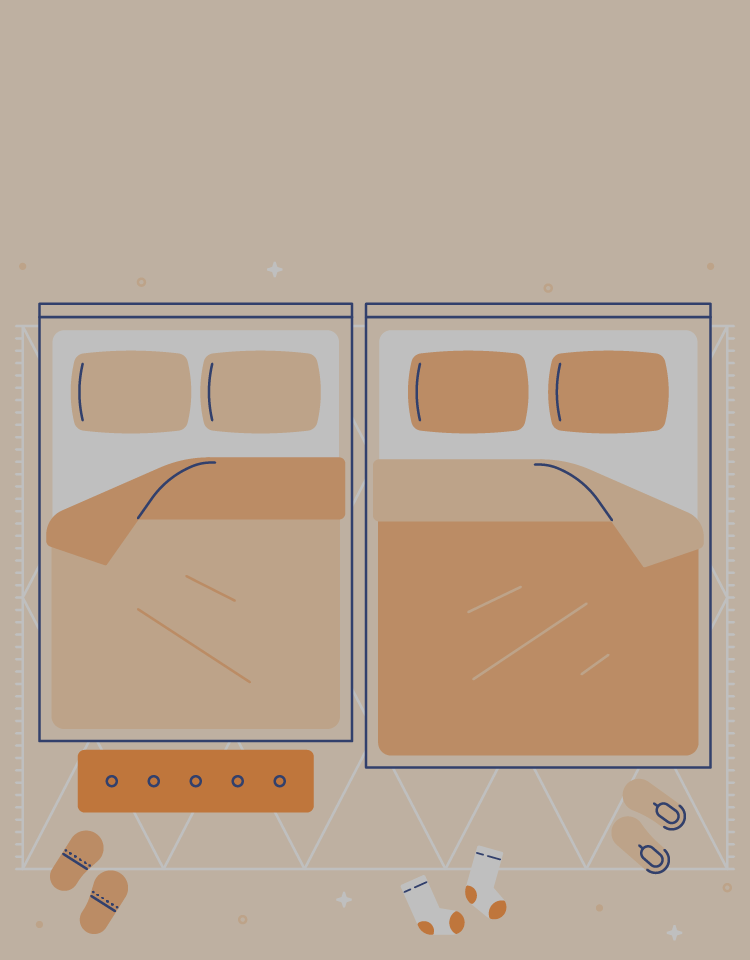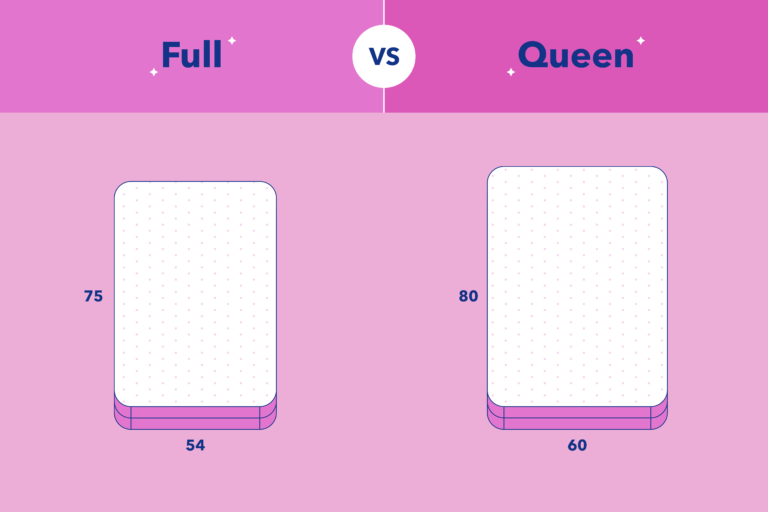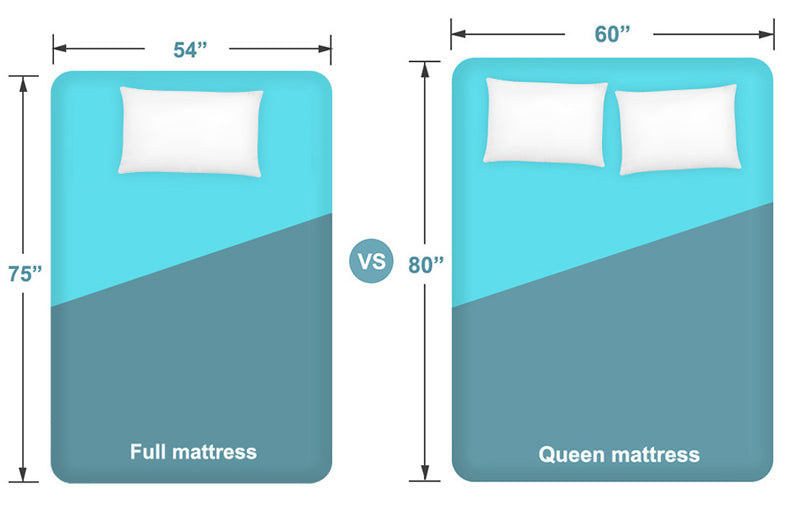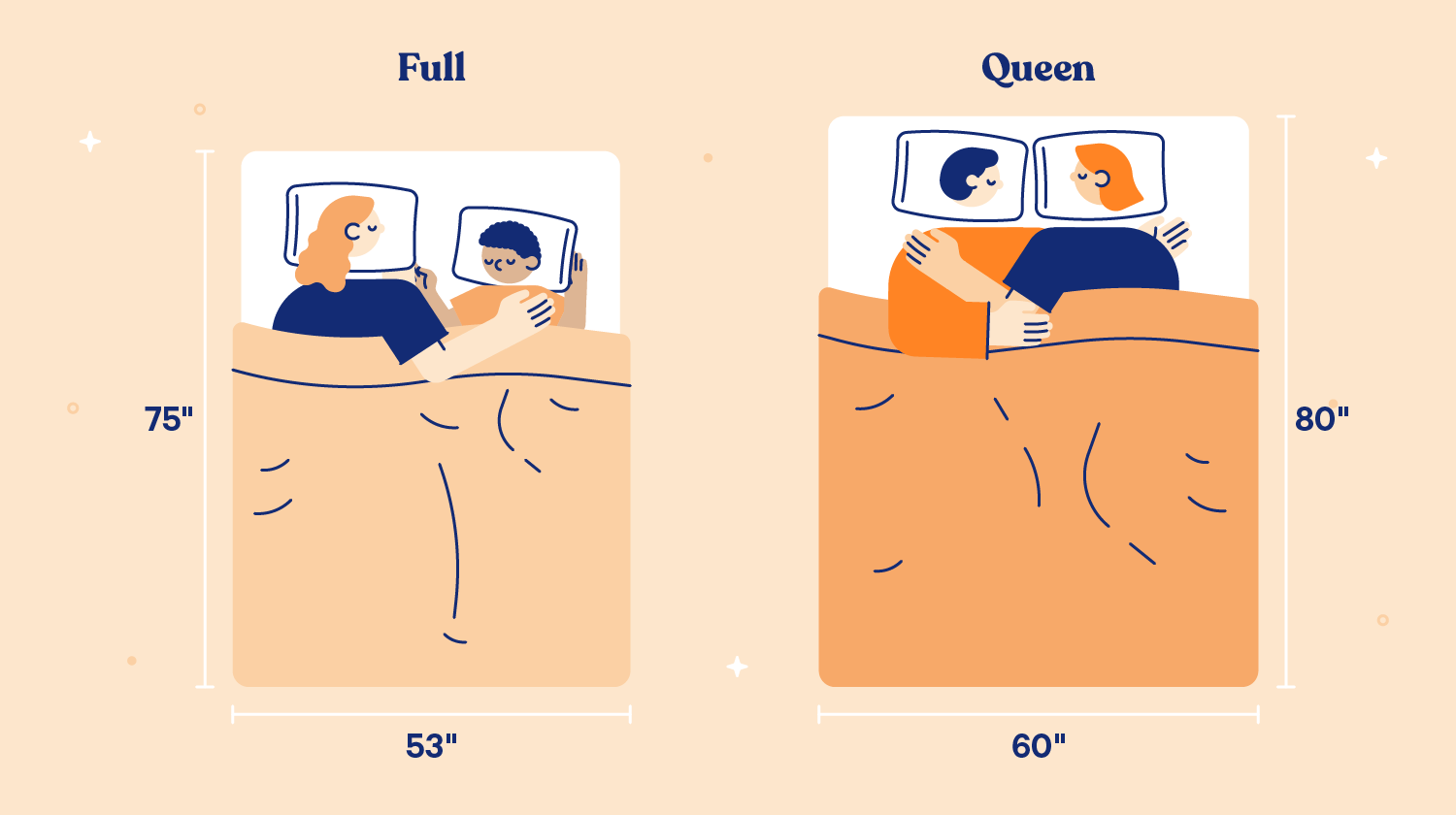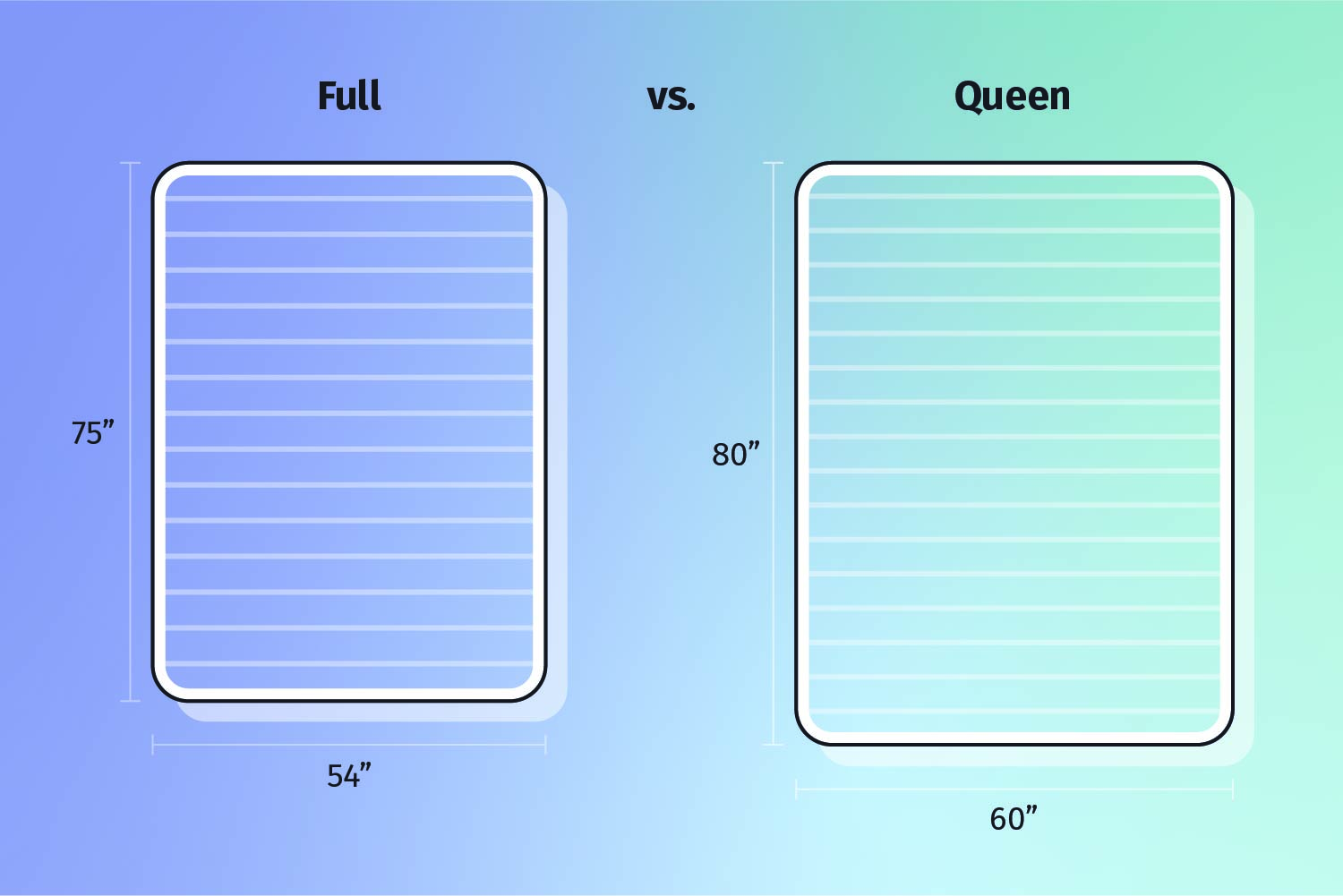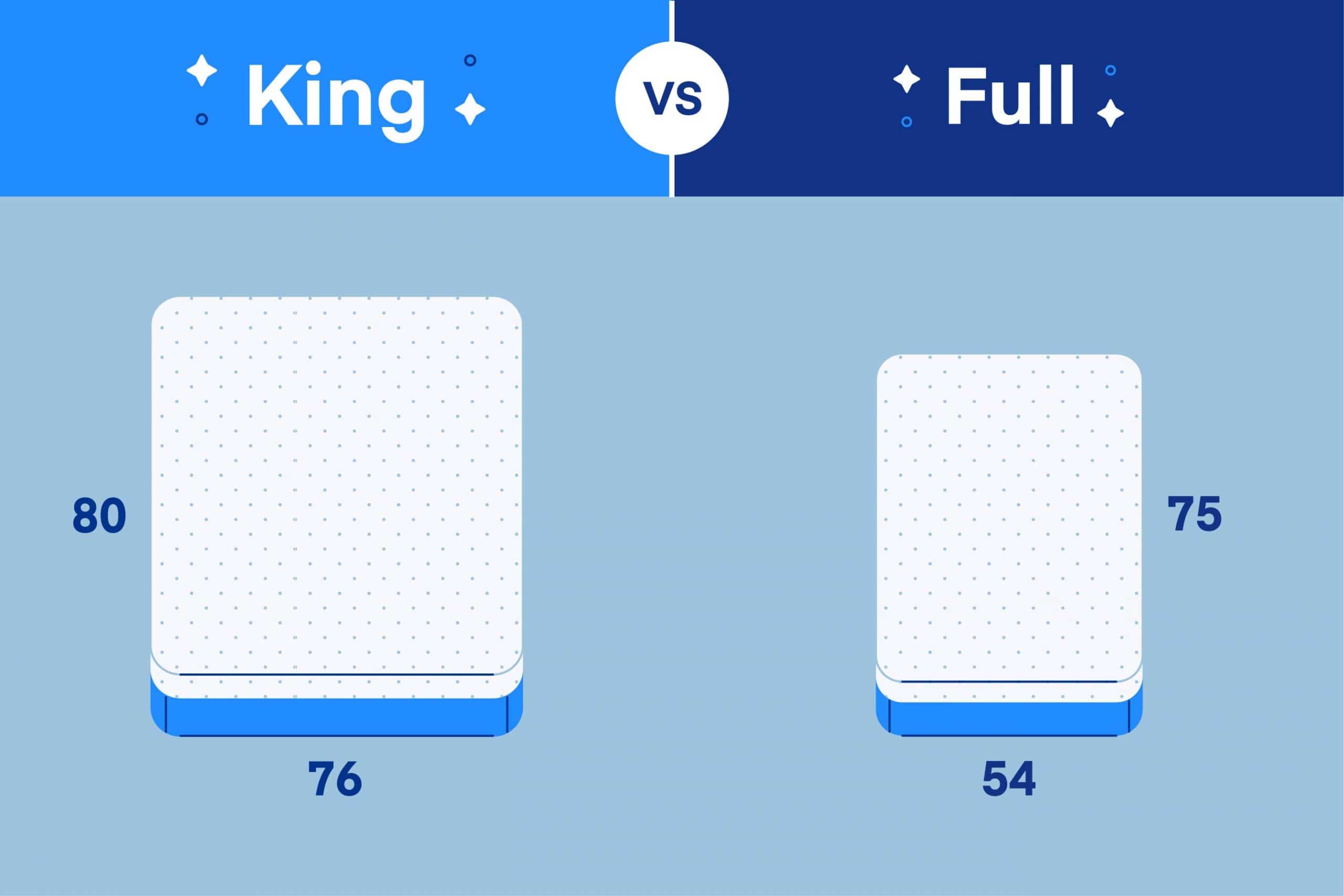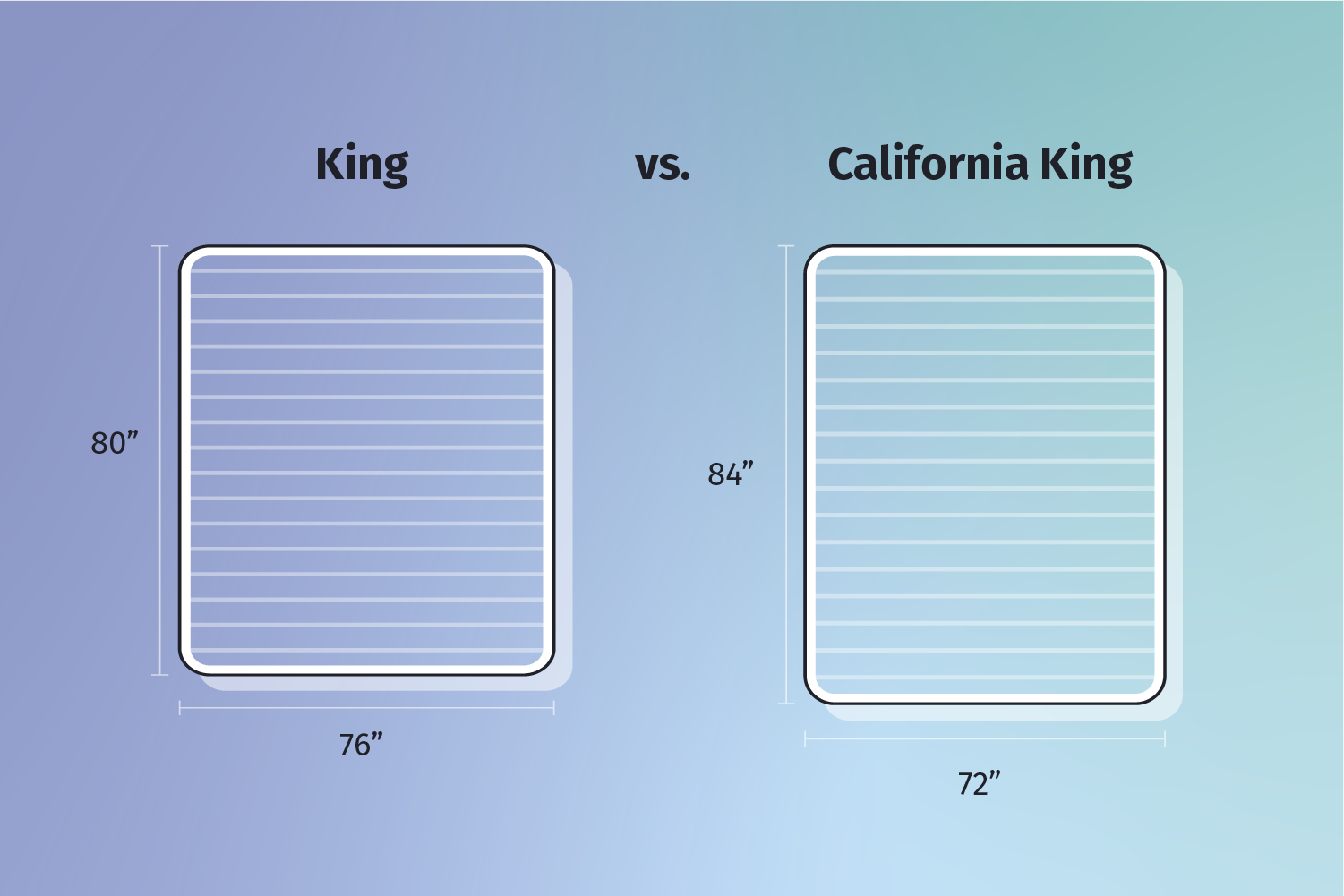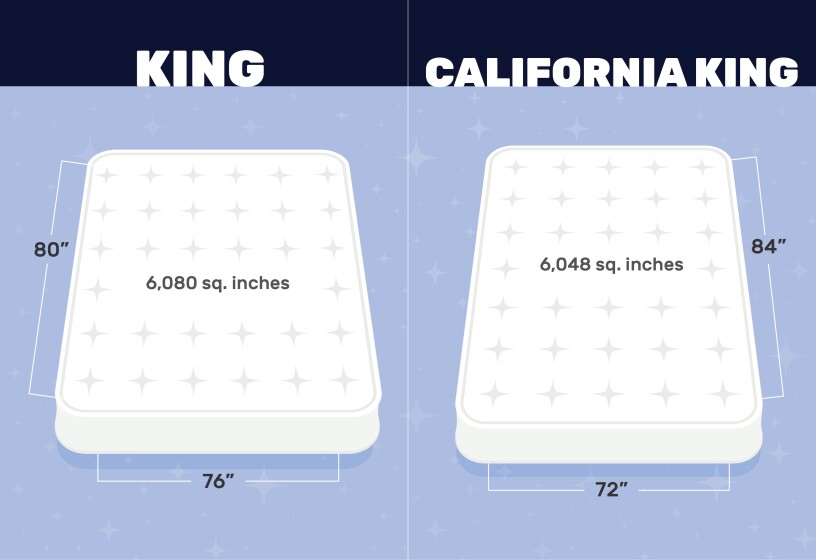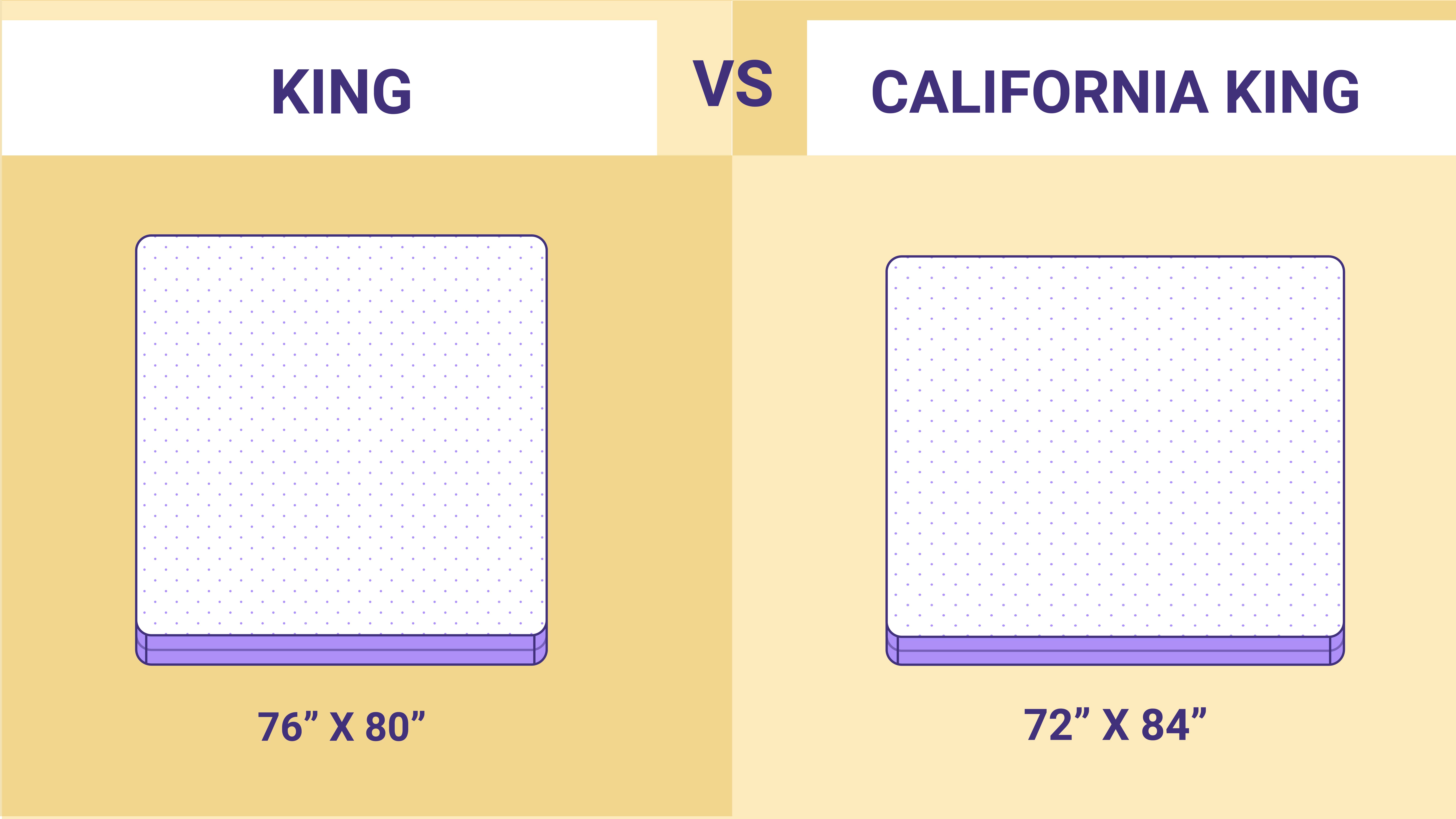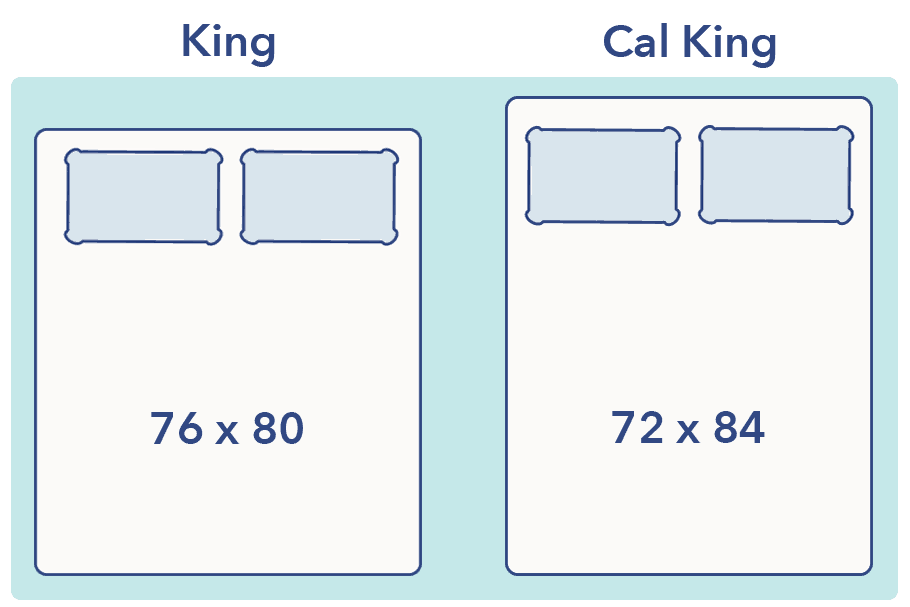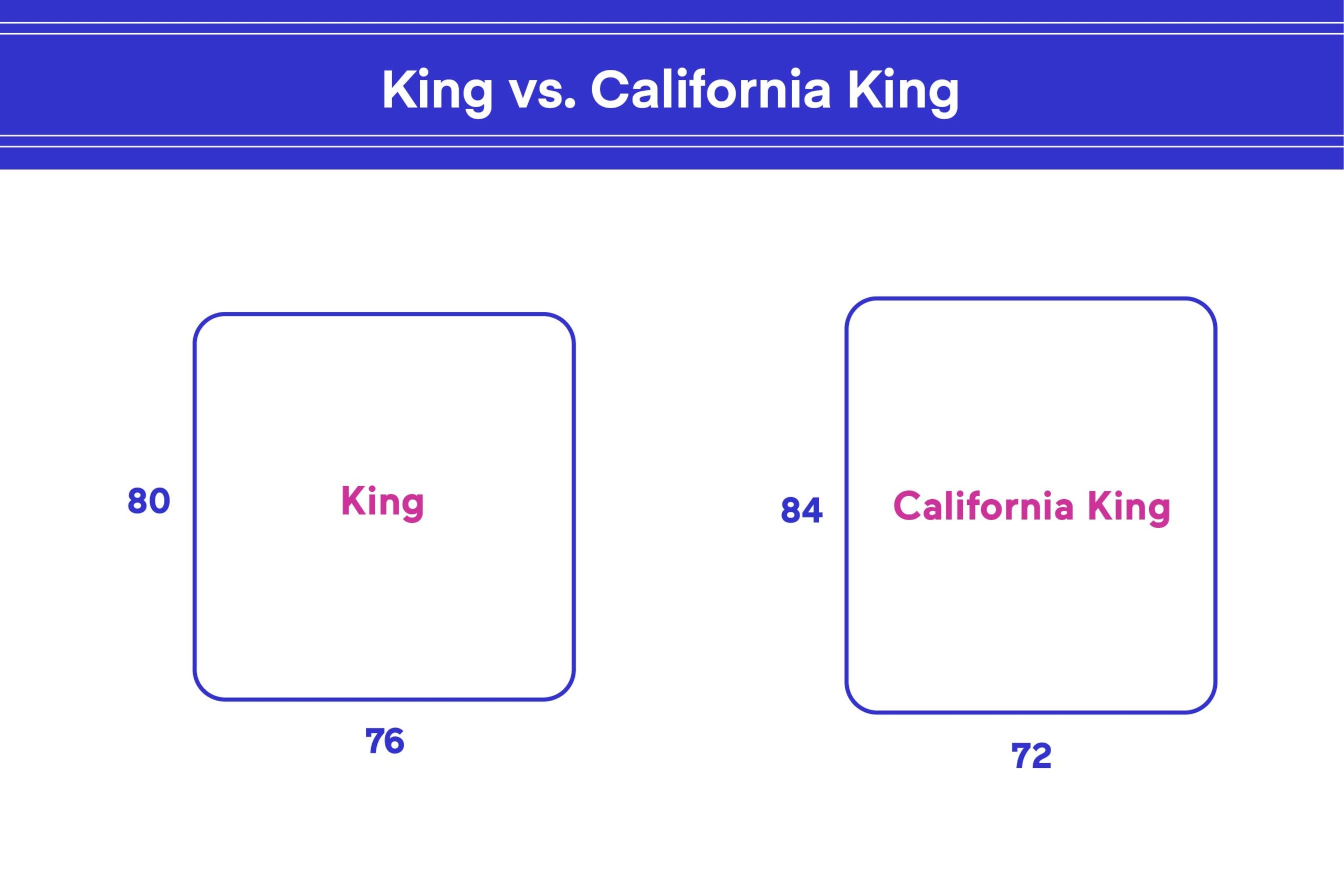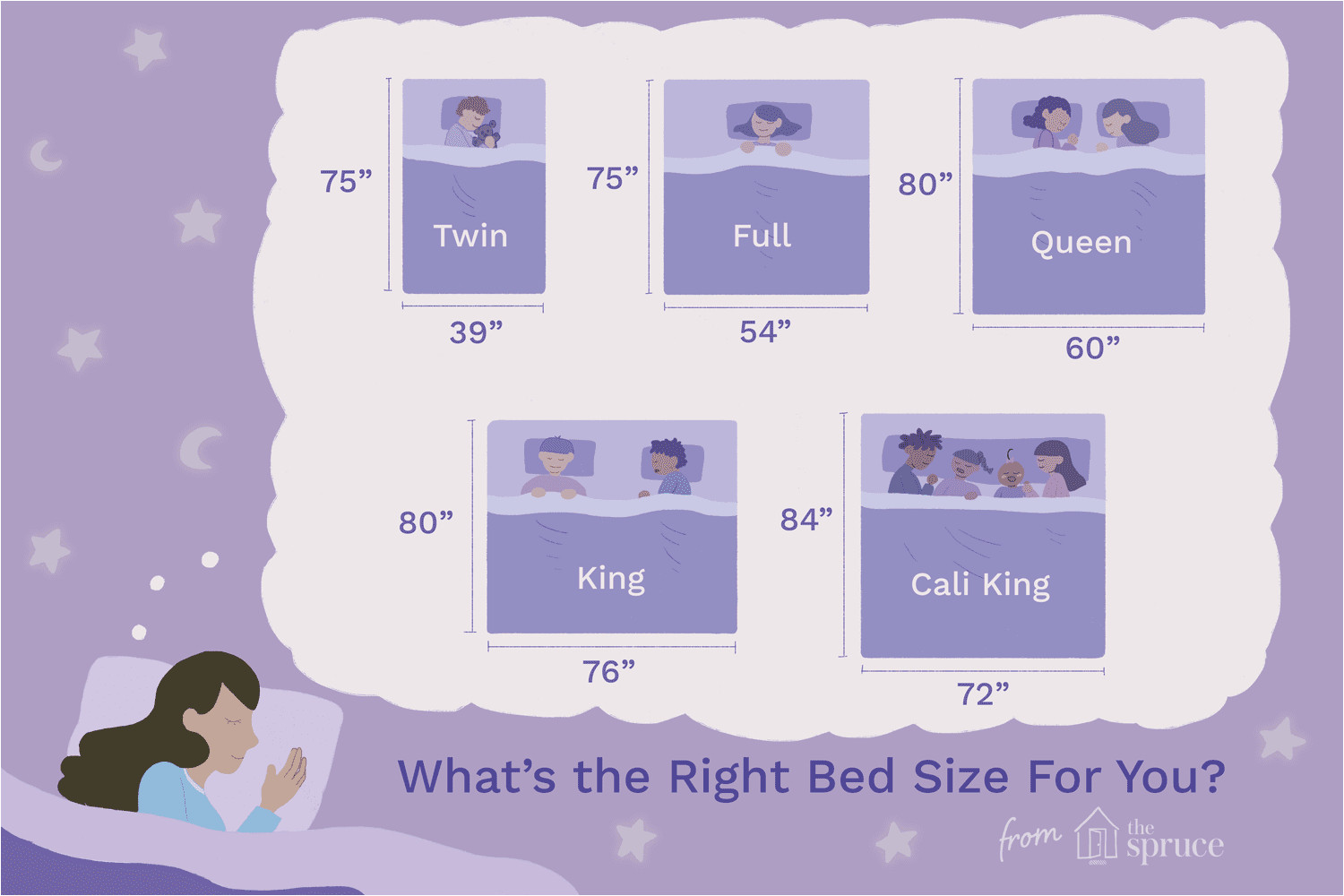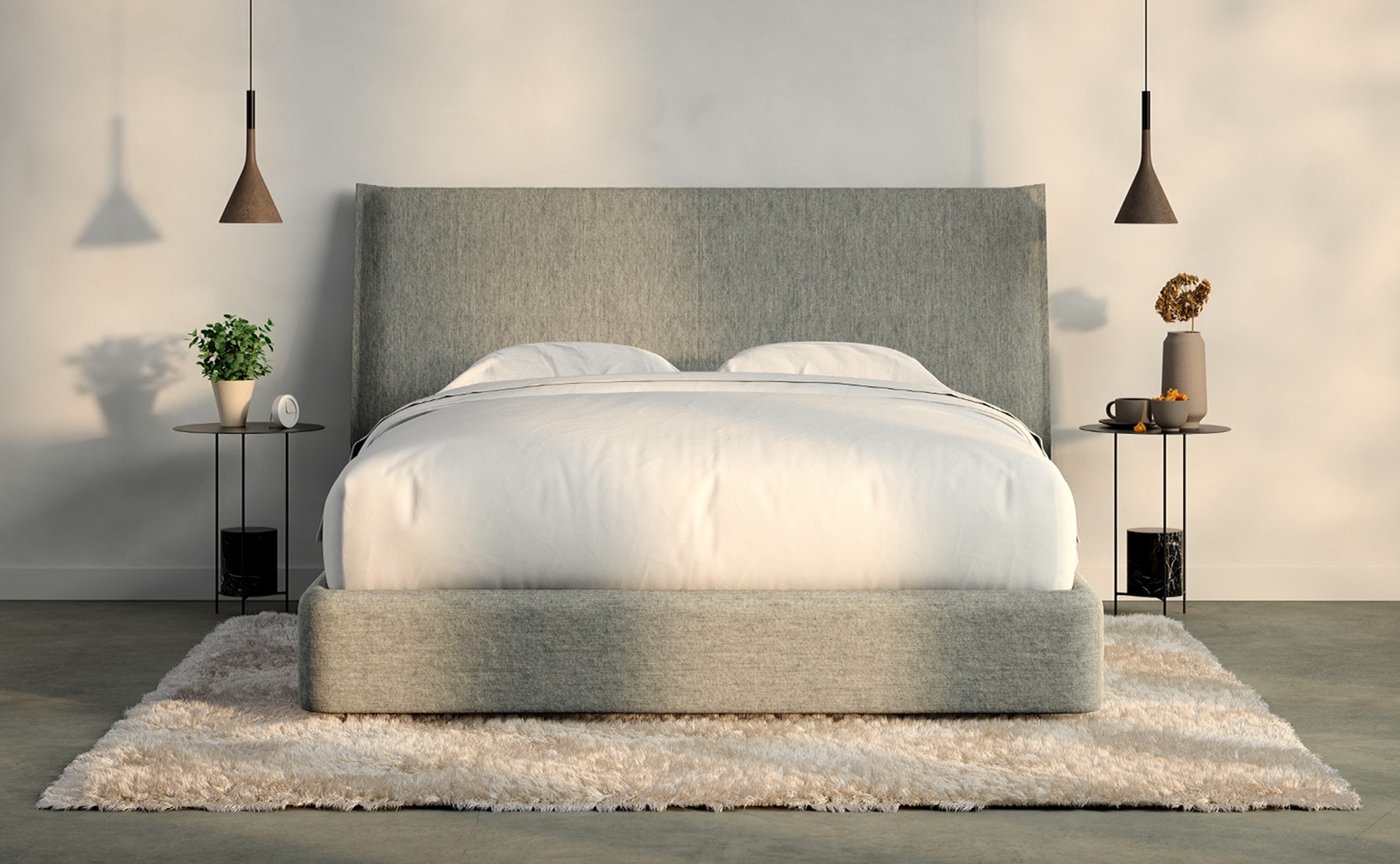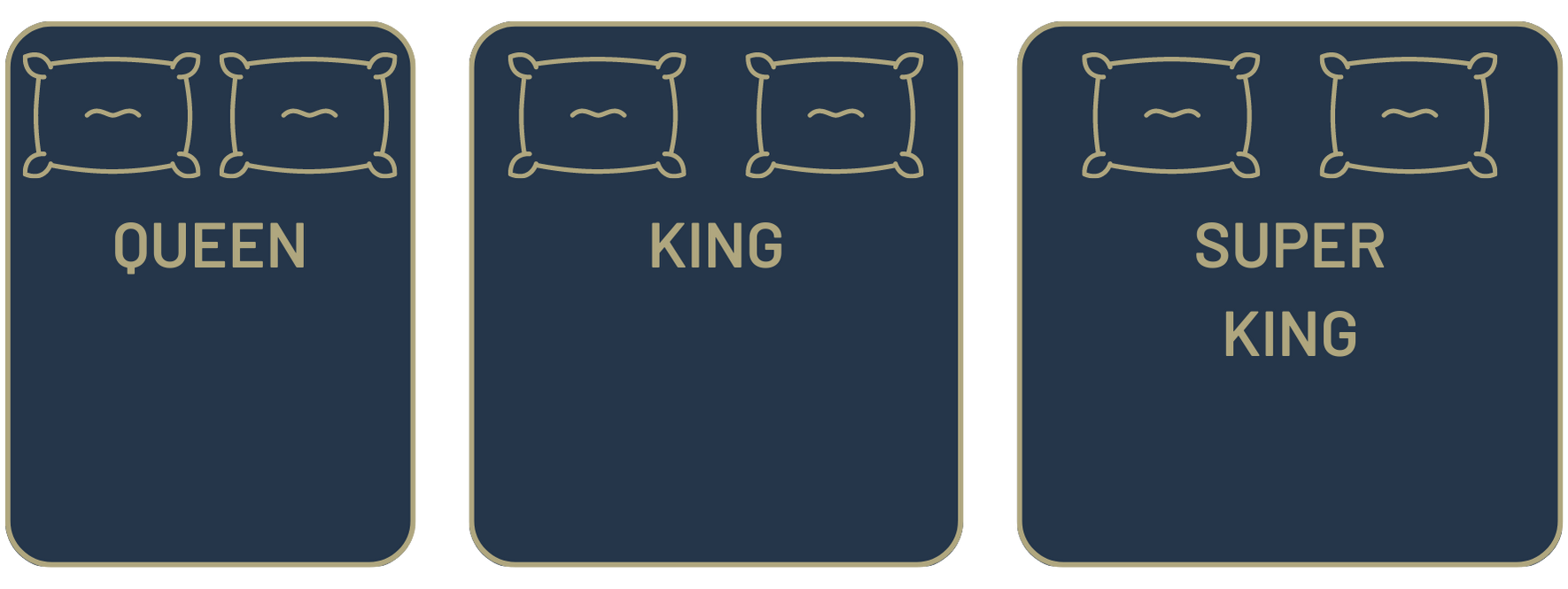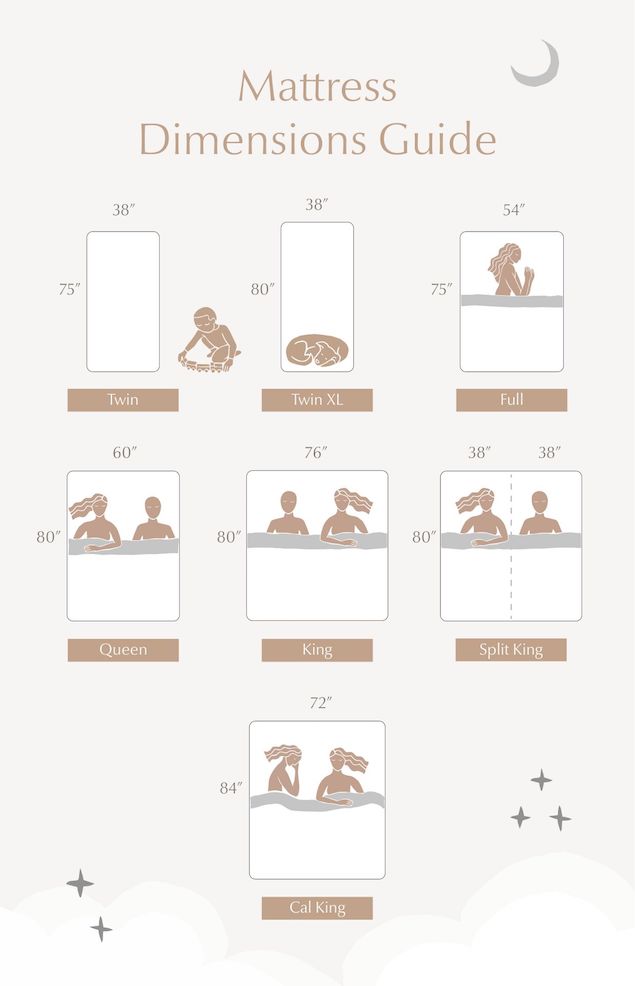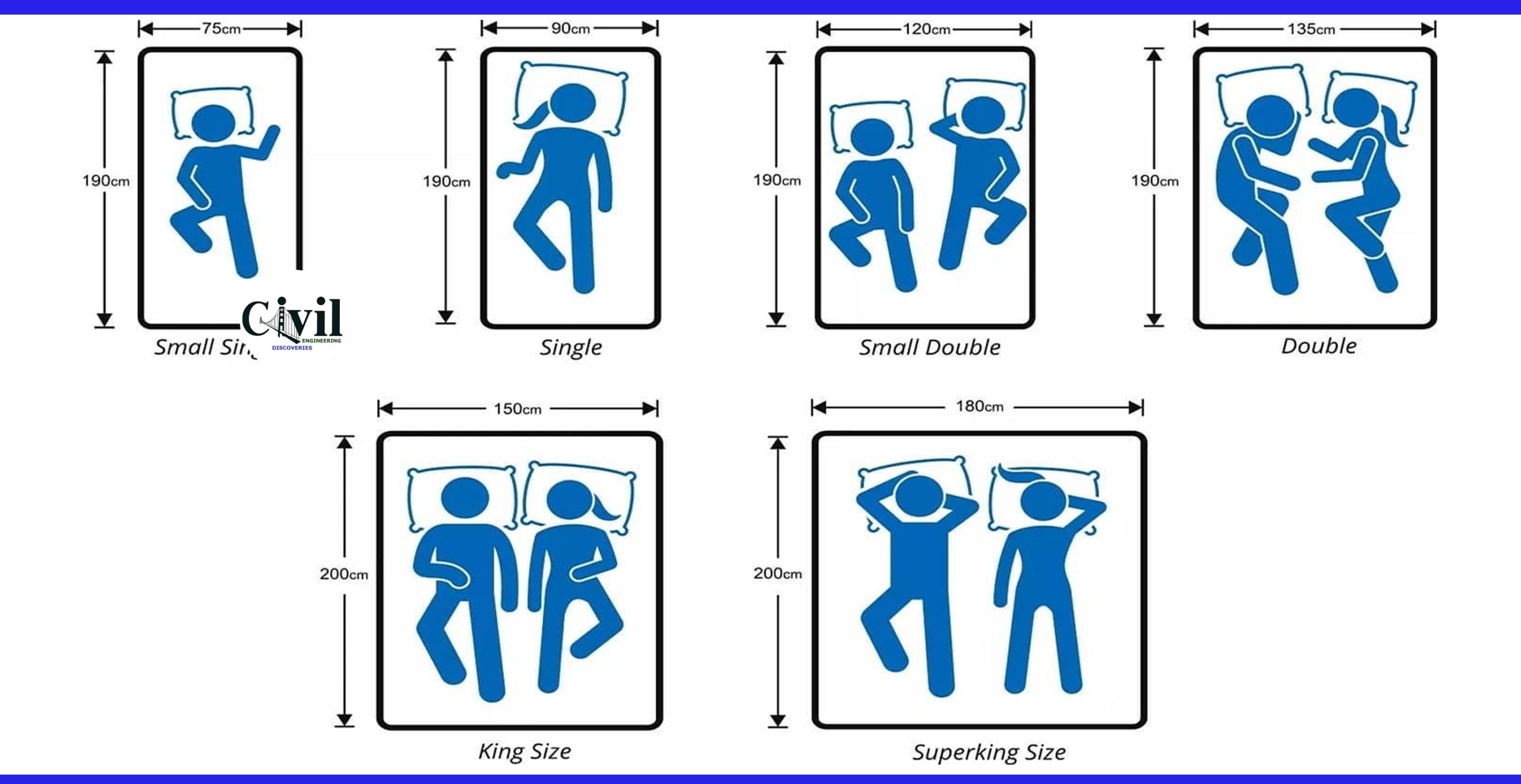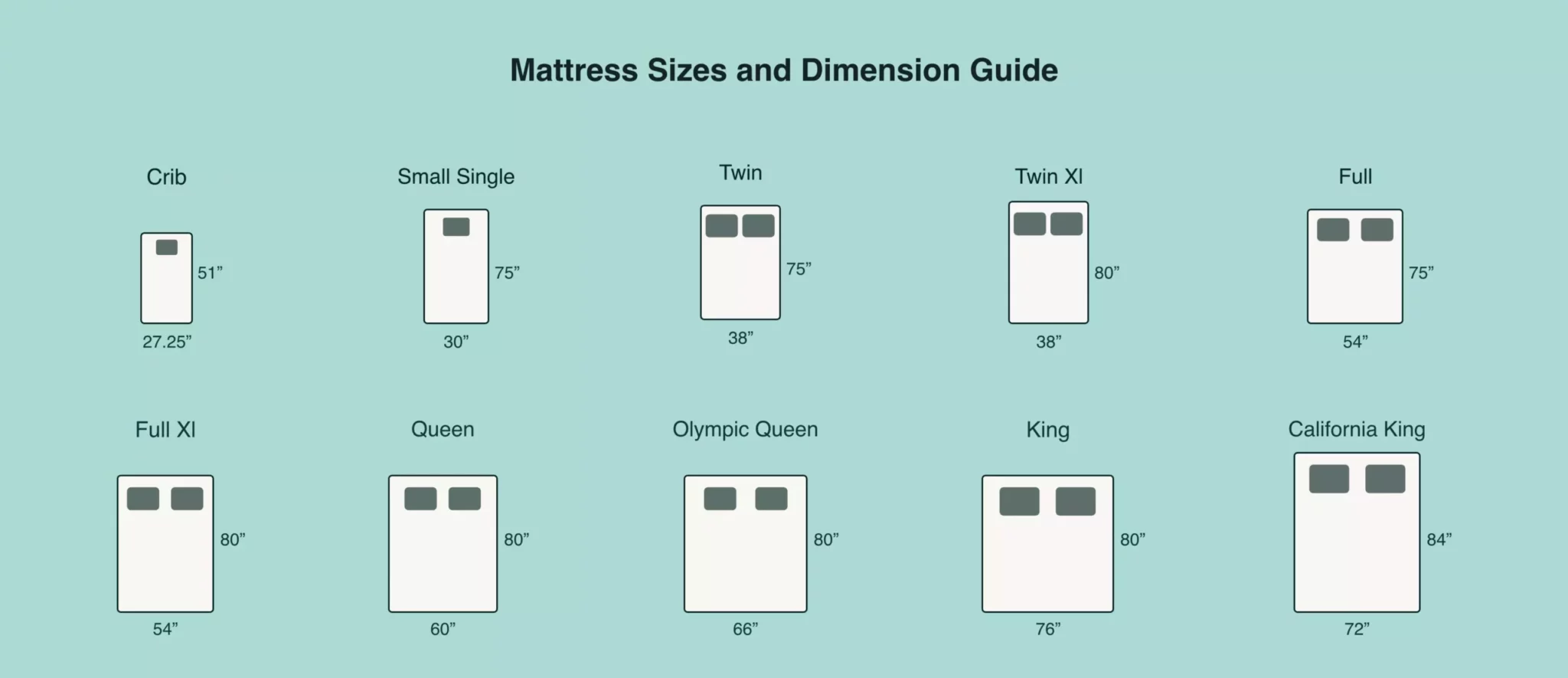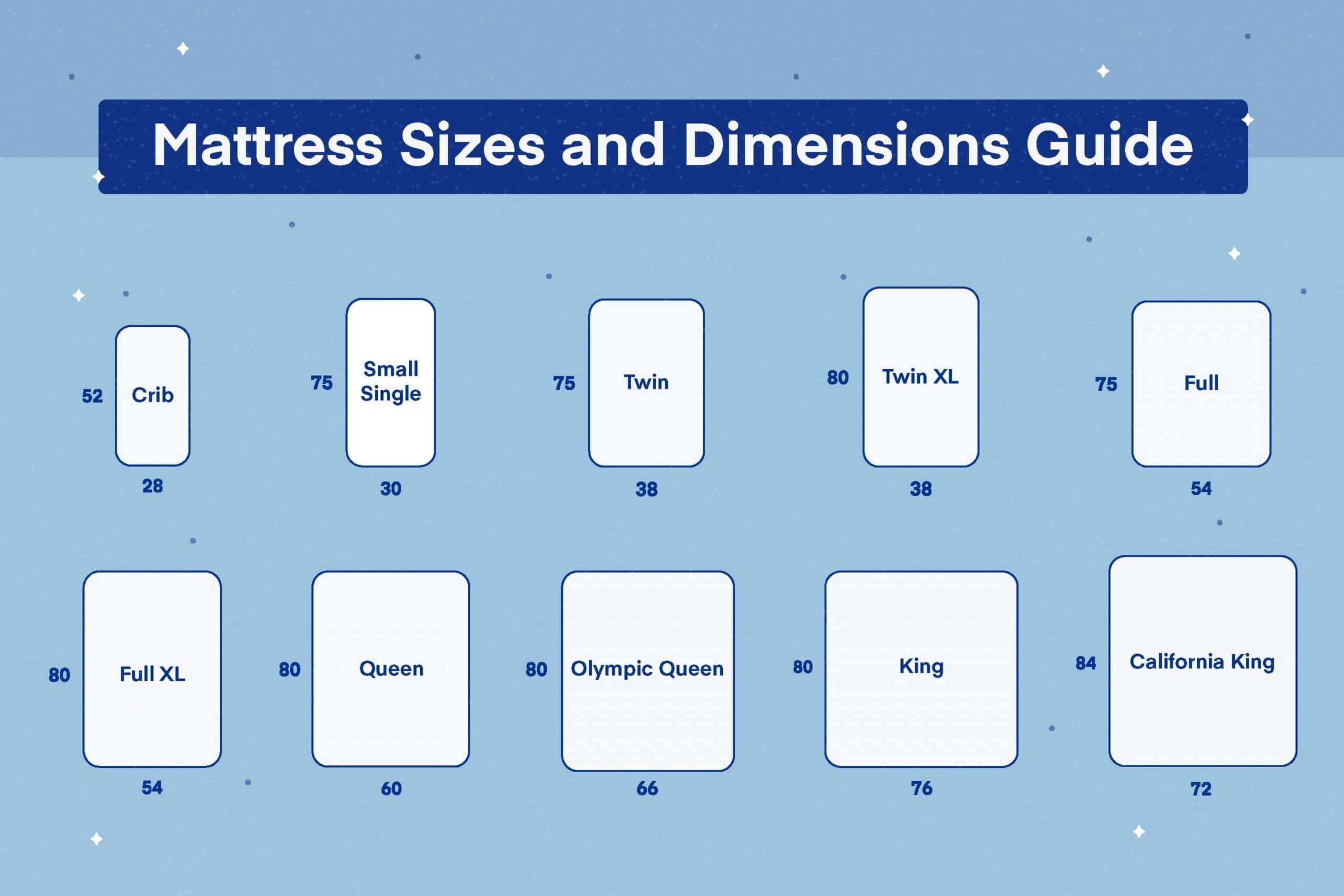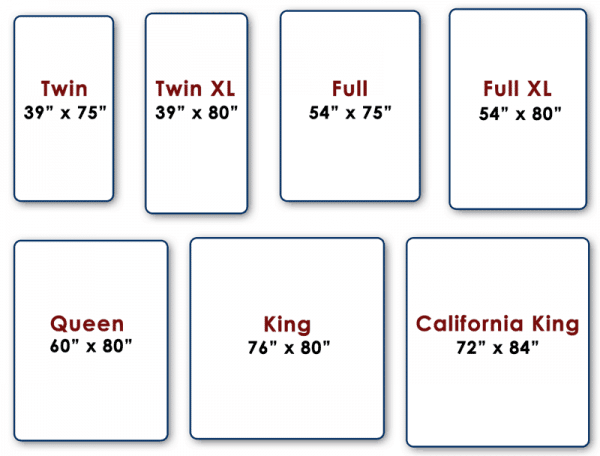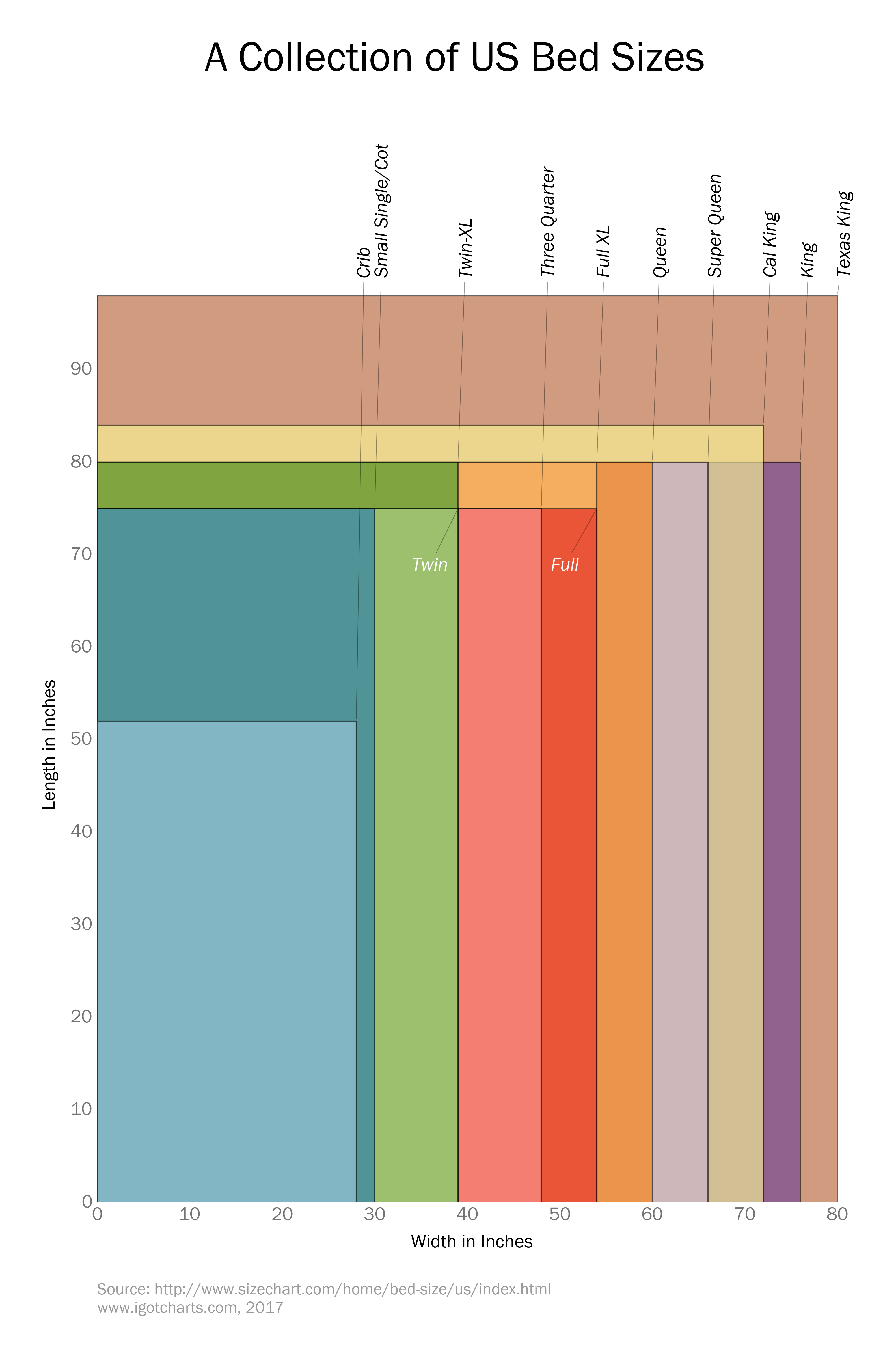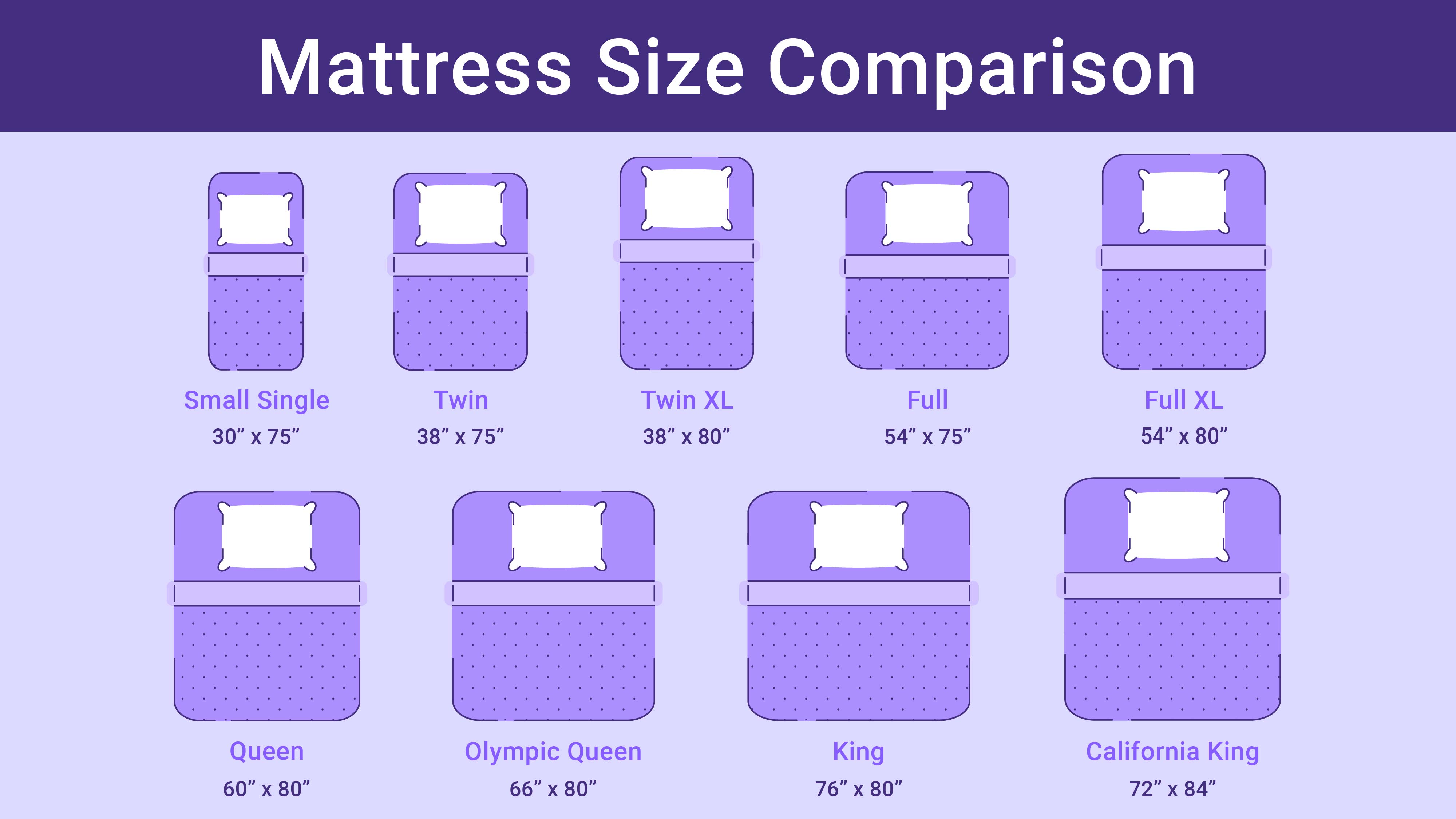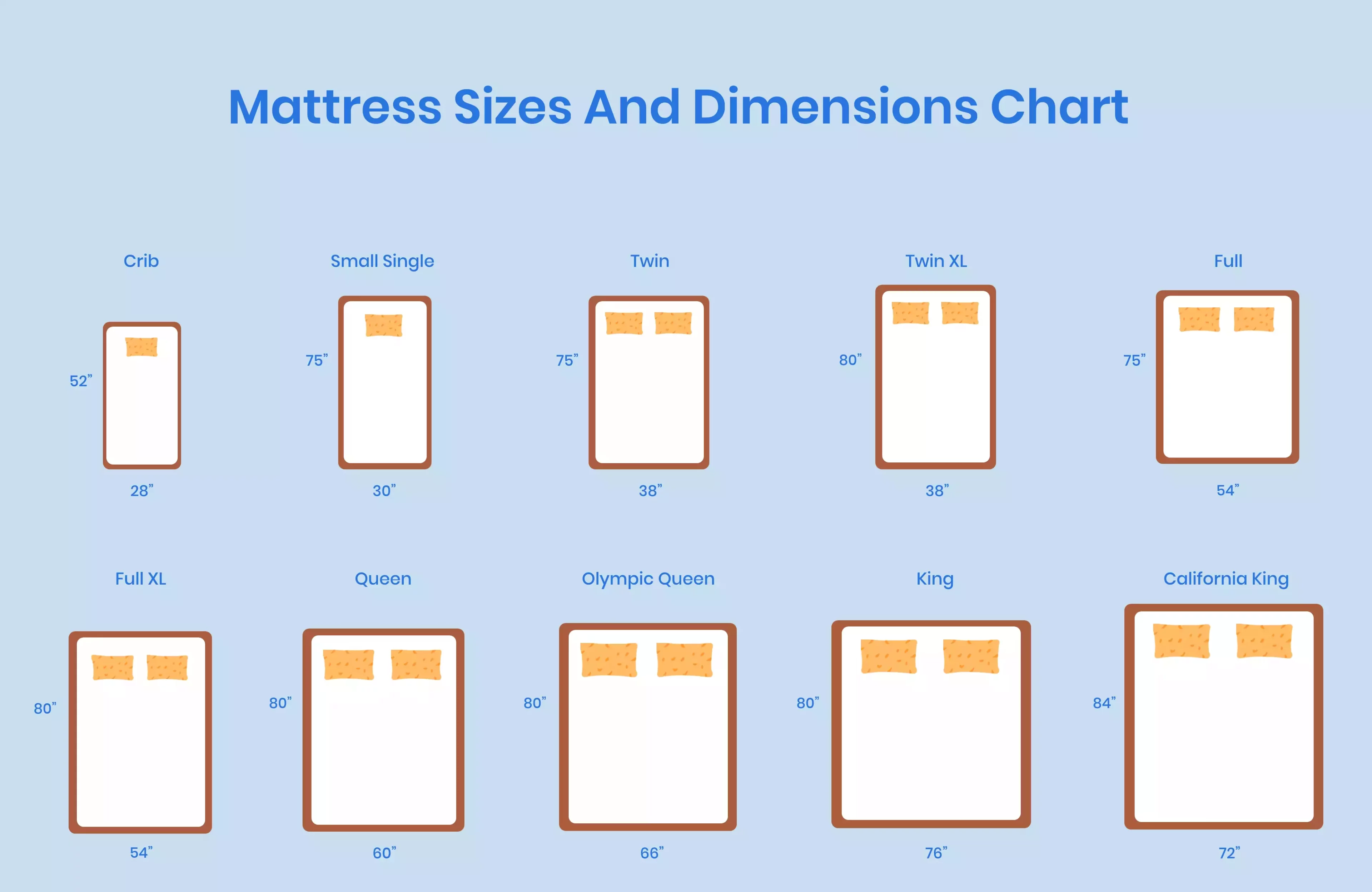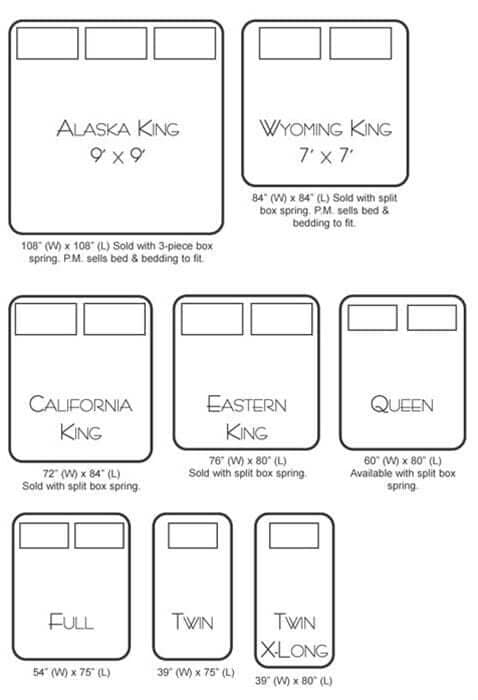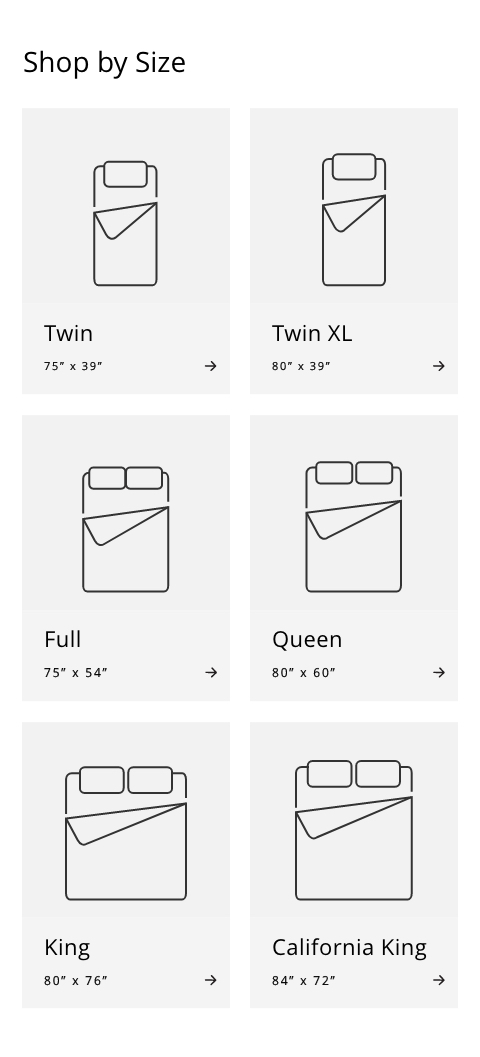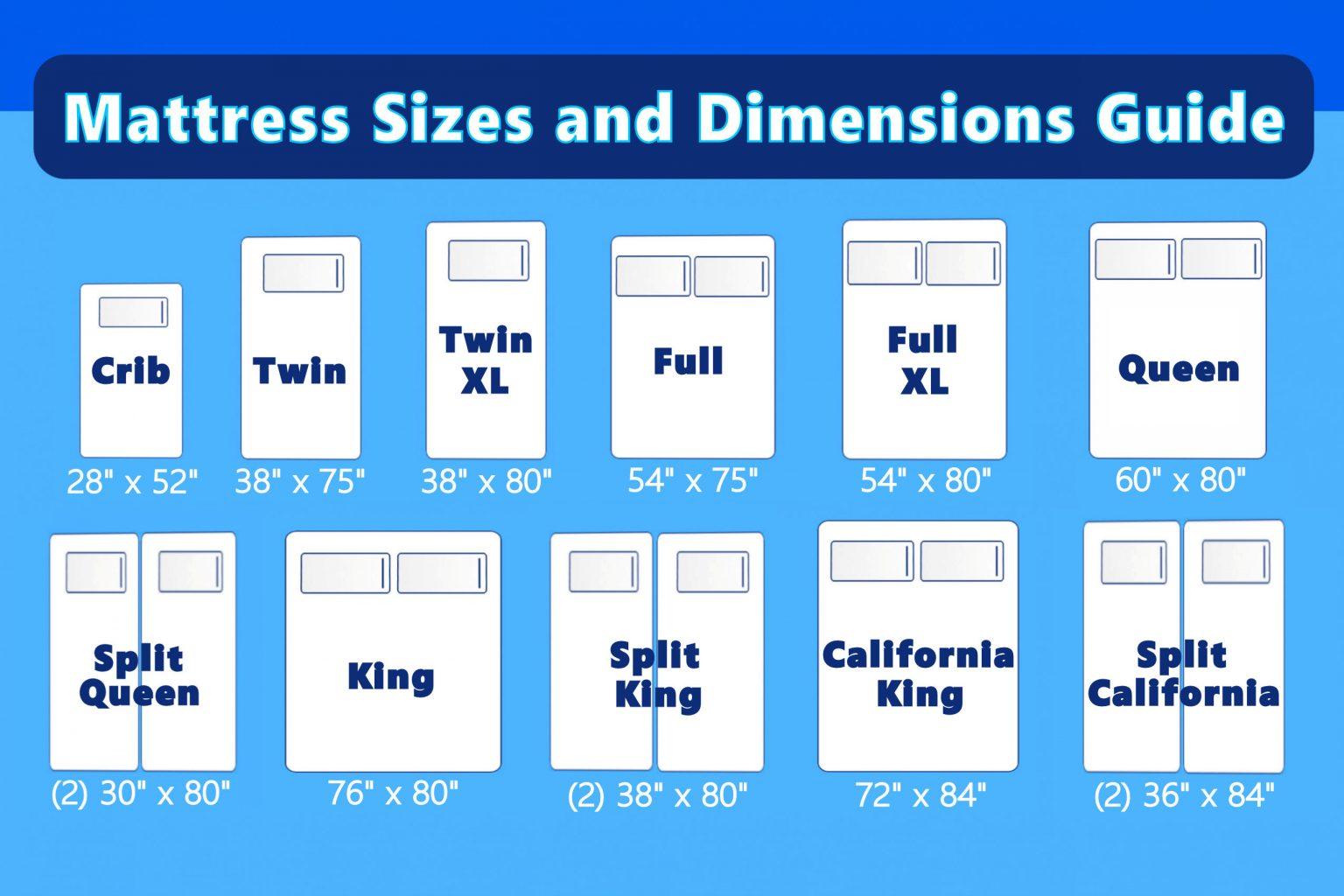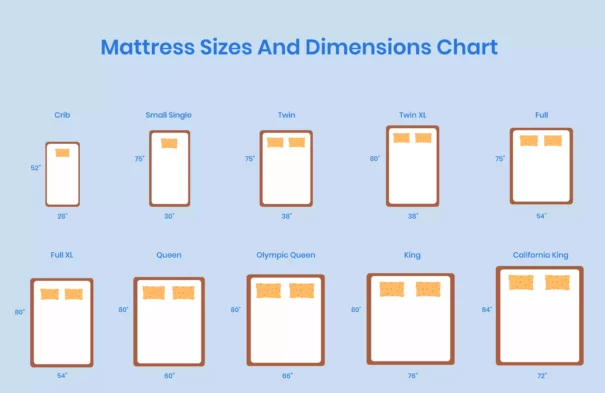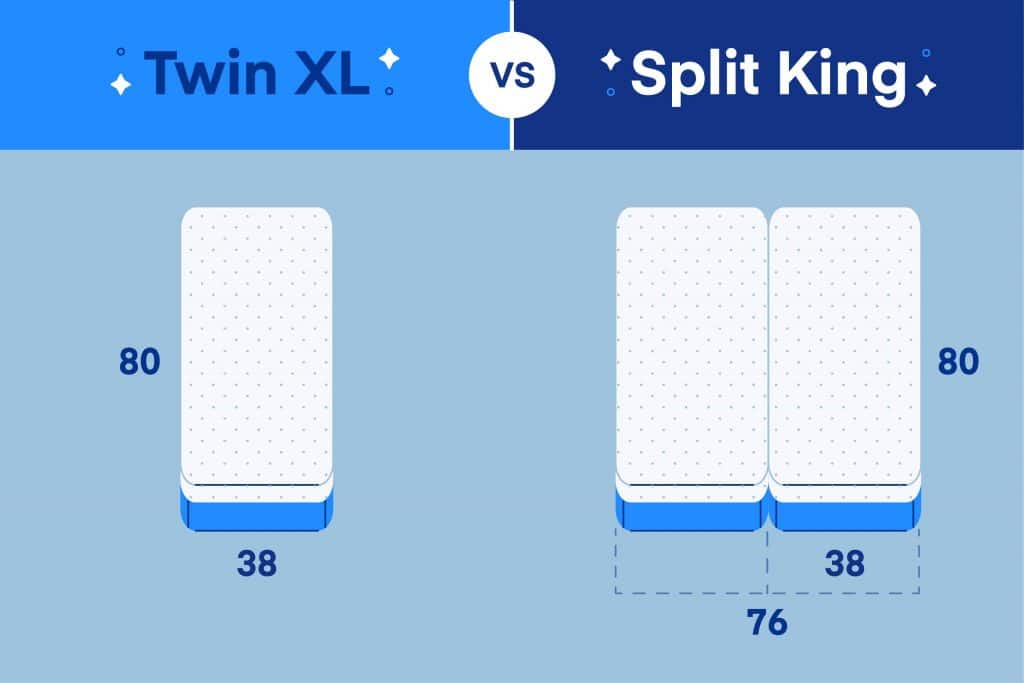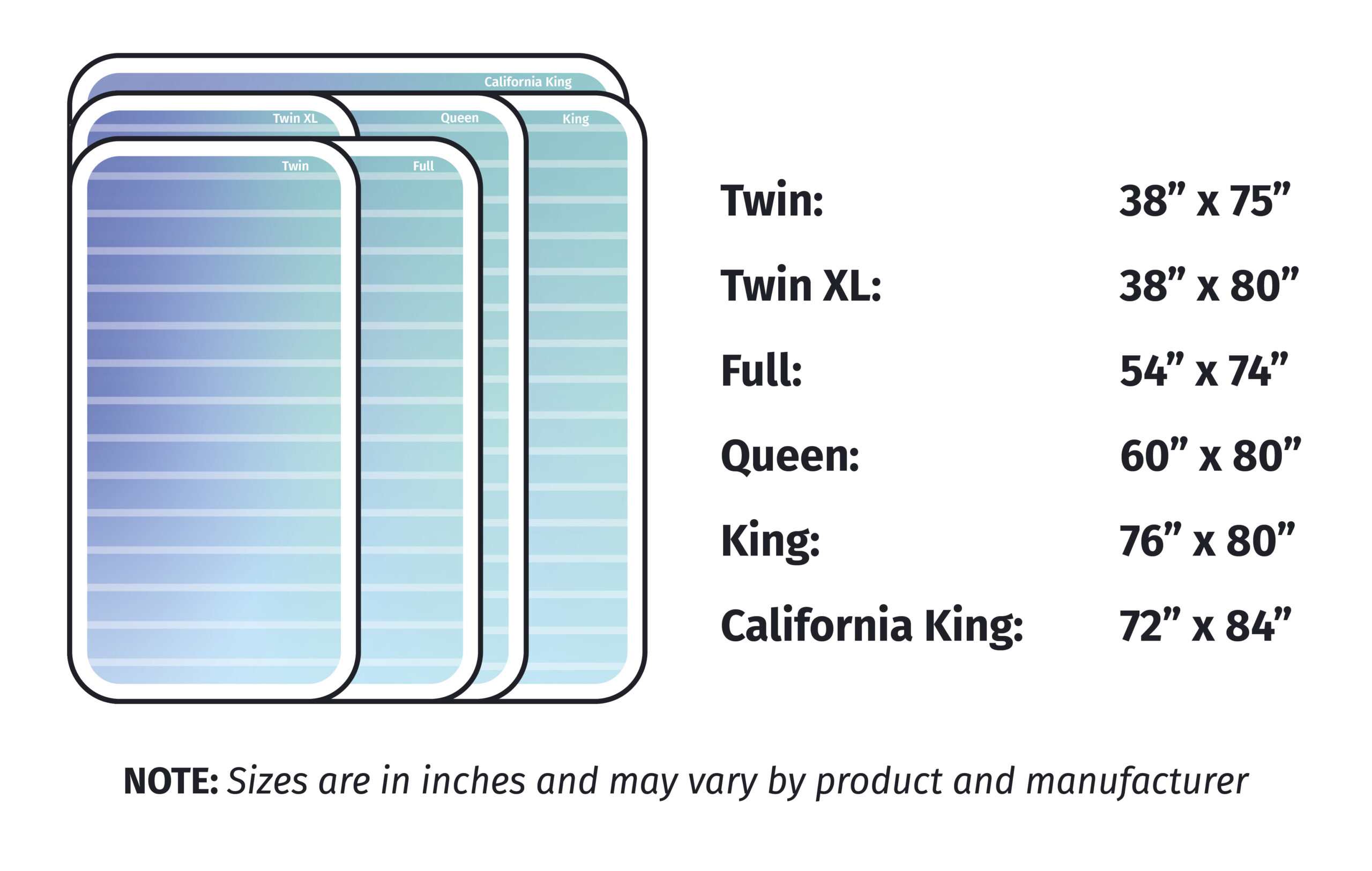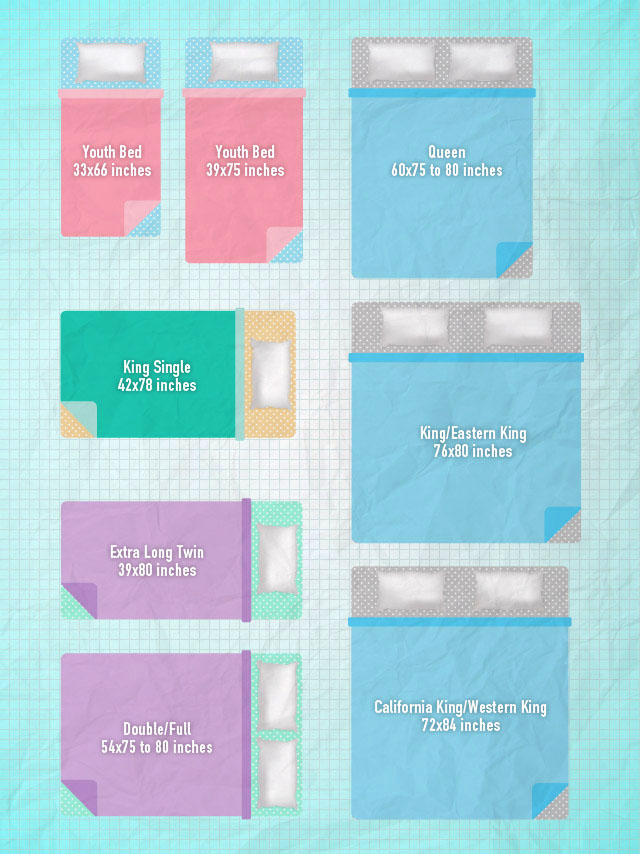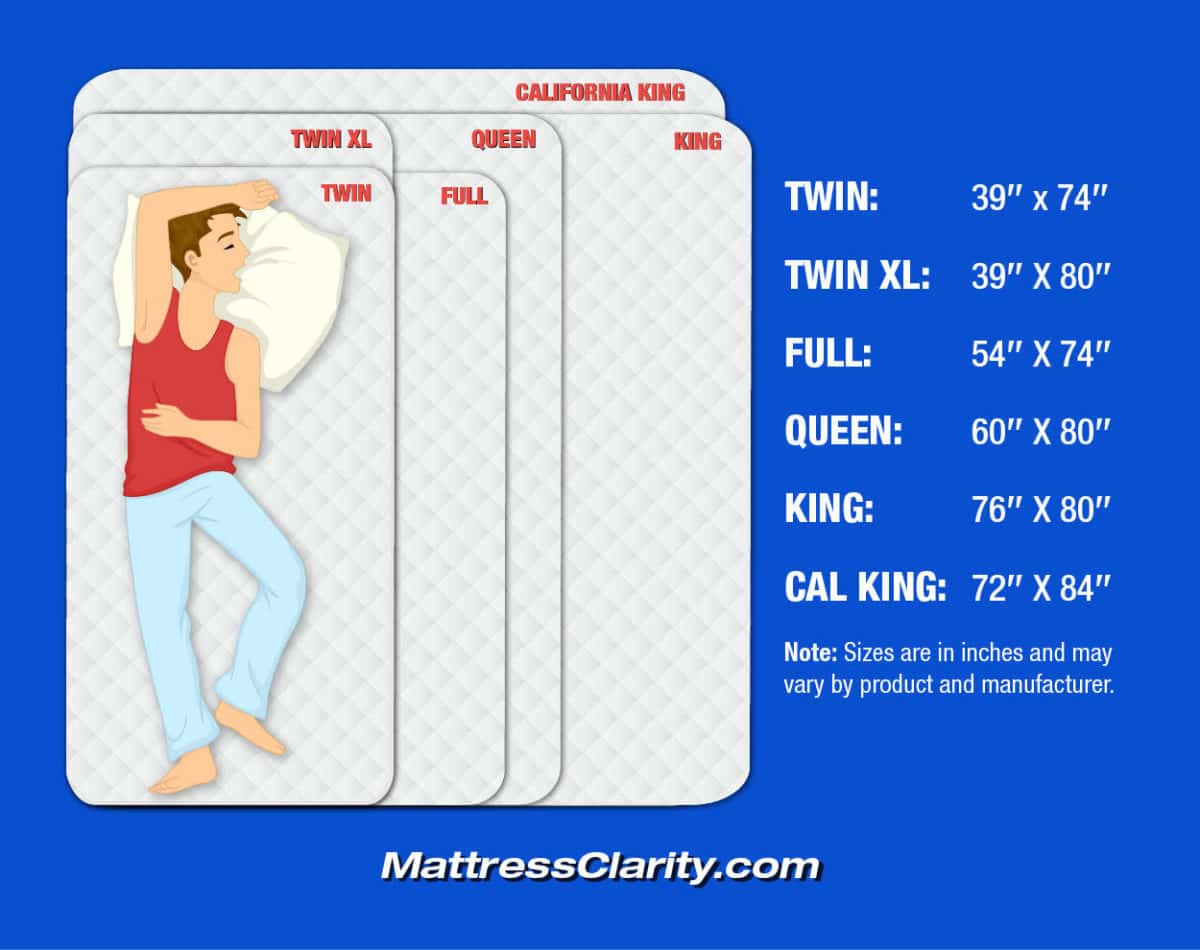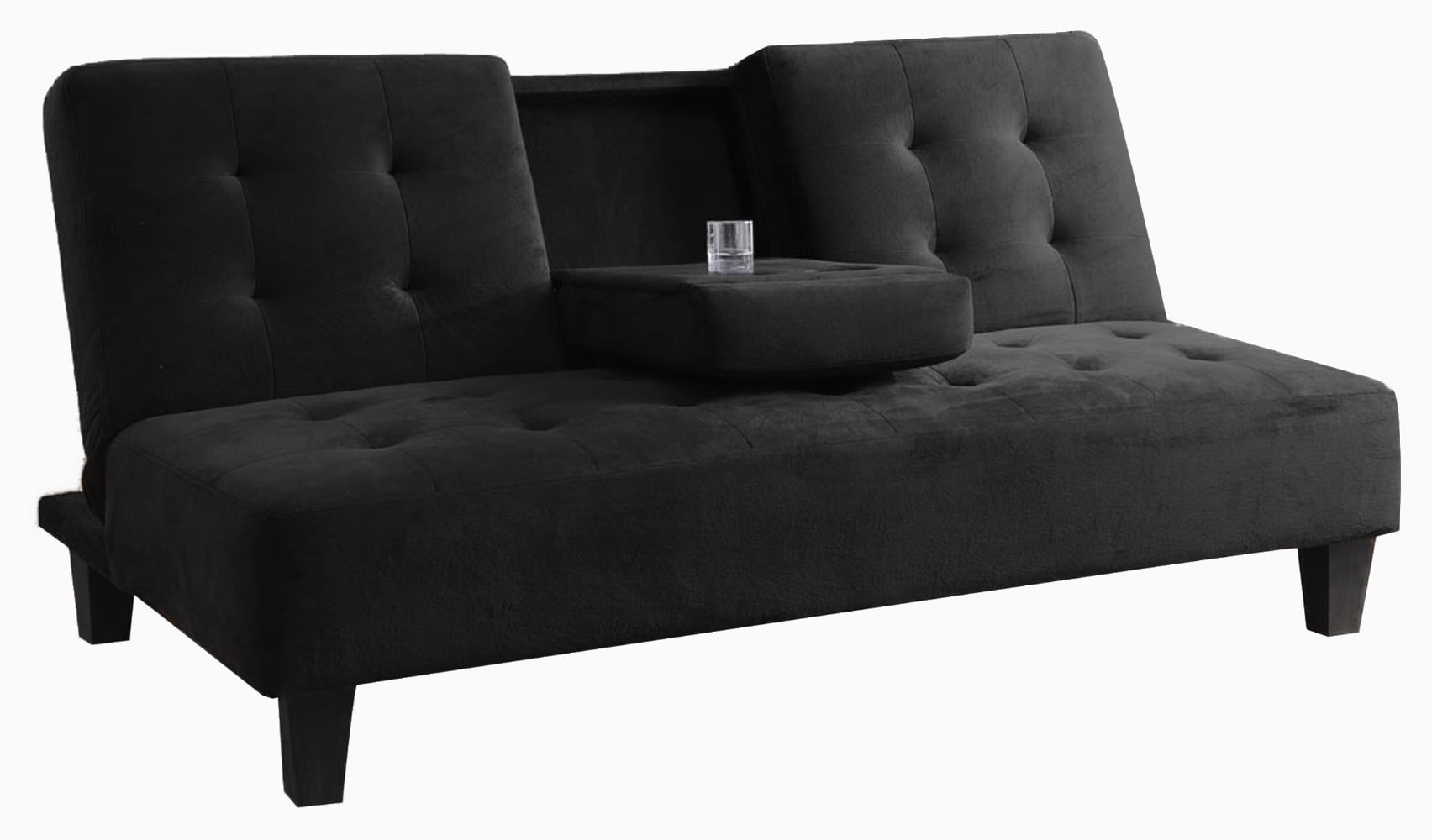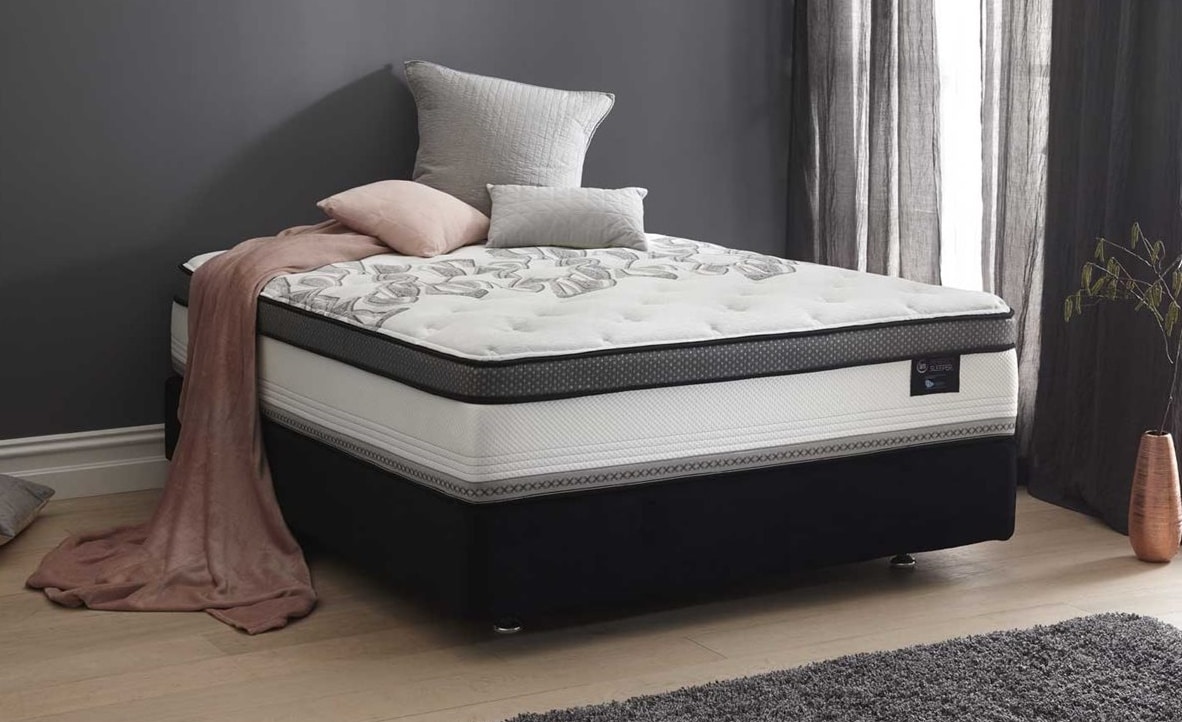When it comes to buying a new mattress, one of the most important decisions you'll have to make is the size. And with so many options available, it can be overwhelming to choose the right one for you. Two popular sizes that are often compared are the twin and twin XL mattresses. While they may seem similar, there are some key differences that you should know before making a purchase. The main difference between a twin and twin XL mattress is the length. A standard twin mattress measures 39 inches wide by 75 inches long, while a twin XL measures 39 inches wide by 80 inches long. This extra 5 inches in length can make a big difference in terms of comfort and space, especially for taller individuals. Another difference between the two is their common usage. Twin mattresses are commonly used for children's bedrooms, bunk beds, and small guest rooms. On the other hand, twin XL mattresses are often found in college dorm rooms and are a popular choice for teenagers or adults who need a little extra legroom. When it comes to price, twin and twin XL mattresses are usually similar. However, because of the extra length, twin XL mattresses may be slightly more expensive. It's important to consider your budget and your specific needs when deciding between the two sizes. Overall, the main difference between a twin and twin XL mattress comes down to personal preference and usage. If you're on a budget or need a smaller mattress for a child's room, a twin may be the better option. But if you're a taller individual or need more space to stretch out, a twin XL may be worth the investment. Twin vs. Twin XL Mattress: What's the Difference?
When it comes to mattress sizes, full and queen are two of the most popular options. While they may seem similar at first, there are some key differences to consider when deciding between the two. The main difference between a full and queen mattress is the size. A full mattress measures 54 inches wide by 75 inches long, while a queen mattress measures 60 inches wide by 80 inches long. This extra 6 inches in width and length can make a big difference in terms of comfort and space, especially for couples sharing a bed. Another important factor to consider is price. Generally, queen mattresses are more expensive than full mattresses due to their larger size. However, this extra cost may be worth it for couples who need more space to sleep comfortably. In terms of usage, full mattresses are commonly used for single adults or teenagers, while queen mattresses are often found in master bedrooms. If you have a smaller bedroom, a full mattress may be a better fit. But if you have a larger room and want more space to spread out, a queen mattress may be the way to go. Ultimately, the decision between a full and queen mattress comes down to your specific needs and preferences. Consider the size of your room, your budget, and who will be sleeping on the mattress before making a decision. Full vs. Queen Mattress: What's the Difference?
When it comes to mattress sizes, the king and California king are often seen as the two most luxurious options. While they may seem similar, there are some key differences to consider when choosing between the two. The main difference between a king and California king mattress is the size. A standard king mattress measures 76 inches wide by 80 inches long, while a California king measures 72 inches wide by 84 inches long. This means that a California king is longer but narrower than a standard king. This extra length can be beneficial for taller individuals, while the narrower width may be more suitable for smaller bedrooms. Another difference between the two is their usage. King mattresses are commonly used for couples, while California king mattresses are often found in master bedrooms for taller individuals or those who want more space to stretch out. Price is also a factor to consider. Generally, California king mattresses are more expensive than standard king mattresses due to their larger size. However, the added cost may be worth it for those who need the extra length. Ultimately, the decision between a king and California king mattress comes down to personal preference and usage. If you need more length for taller individuals, a California king may be the better option. But if you have a smaller room or prefer a wider sleeping surface, a standard king may be the way to go. King vs. California King Mattress: What's the Difference?
When it comes to buying a new mattress, understanding the different sizes available is crucial. Not only will it help you choose the right one for your specific needs, but it can also save you from making an expensive mistake. Here's a breakdown of the most common mattress sizes and their dimensions. Twin: The smallest of the standard sizes, a twin mattress measures 39 inches wide by 75 inches long. This size is commonly used for children's bedrooms, bunk beds, and smaller guest rooms. Twin XL: Slightly longer than a twin, a twin XL measures 39 inches wide by 80 inches long. This size is often found in college dorm rooms and is a popular choice for teenagers or adults who need a little extra legroom. Full: A full mattress measures 54 inches wide by 75 inches long. This size is commonly used for single adults or teenagers and may also be suitable for smaller guest rooms. Queen: The most popular mattress size, a queen measures 60 inches wide by 80 inches long. This size is often found in master bedrooms and is a good choice for couples who want more space to sleep comfortably. King: The largest of the standard sizes, a king mattress measures 76 inches wide by 80 inches long. This size is commonly used for couples and may also be suitable for families who like to co-sleep with their children. California King: Slightly longer but narrower than a king, a California king measures 72 inches wide by 84 inches long. This size is often found in master bedrooms for taller individuals or those who want more space to stretch out. Understanding Mattress Sizes: Twin, Full, Queen, King, and More
With so many different mattress sizes available, it can be overwhelming to know which one is right for you. Here's a comprehensive guide to the most common mattress sizes and their dimensions to help you make an informed decision. Twin: 39 inches wide by 75 inches long Twin XL: 39 inches wide by 80 inches long Full: 54 inches wide by 75 inches long Queen: 60 inches wide by 80 inches long King: 76 inches wide by 80 inches long California King: 72 inches wide by 84 inches long It's important to keep in mind that these dimensions are for standard mattress sizes and may vary slightly depending on the manufacturer. It's always best to double-check the dimensions of a specific mattress before making a purchase. Mattress Sizes and Dimensions Guide
When it comes to choosing a mattress, it can be helpful to compare the different sizes to find the one that best suits your needs. Here's a comparison guide of the most common mattress sizes to help you make an informed decision. Twin vs. Twin XL: The main difference between these two sizes is the length. A twin XL is 5 inches longer than a twin, making it a better fit for taller individuals. Full vs. Queen: The main difference between these two sizes is the width. A queen is 6 inches wider than a full, making it a better fit for couples who want more space to sleep comfortably. King vs. California King: The main difference between these two sizes is the length and width. A California king is 4 inches longer but 4 inches narrower than a king, making it a better fit for taller individuals with smaller bedrooms. Mattress Size Comparison Guide
With so many mattress sizes to choose from, it can be helpful to understand the differences between them. Here's a breakdown of the most common mattress sizes and their main characteristics. Twin: The smallest of the standard sizes, a twin mattress is typically 39 inches wide by 75 inches long. It's a good size for children's bedrooms, bunk beds, and smaller guest rooms. Twin XL: Slightly longer than a twin, a twin XL is typically 39 inches wide by 80 inches long. It's a popular choice for college dorm rooms or for taller individuals who need a little extra legroom. Full: A full mattress is typically 54 inches wide by 75 inches long. It's commonly used for single adults or teenagers and may also be suitable for smaller guest rooms. Queen: The most popular mattress size, a queen is typically 60 inches wide by 80 inches long. It's a good choice for couples who want more space to sleep comfortably. King: The largest of the standard sizes, a king mattress is typically 76 inches wide by 80 inches long. It's commonly used for couples and may also be suitable for families who like to co-sleep with their children. California King: Slightly longer but narrower than a king, a California king is typically 72 inches wide by 84 inches long. It's often found in master bedrooms for taller individuals or those who want more space to stretch out. Mattress Sizes Explained: Twin, Twin XL, Full, Queen, King, and California King
If you're trying to find the perfect mattress size for your needs, a size chart and dimensions can be incredibly helpful. Here's a chart showing the most common mattress sizes and their dimensions to help you make an informed decision. Mattress Size Chart and Dimensions
Choosing the right size mattress is an important decision that can greatly impact your sleep quality. Here's a guide to help you choose the right size mattress for your specific needs. Consider your space: Measure your bedroom and consider how much space you have for a mattress. If you have a smaller room, a twin or full mattress may be a better fit. But if you have a larger room and want more space to stretch out, a queen, king, or California king may be a better option. Think about who will be using the mattress: If you're buying a mattress for a child's room, a twin or twin XL may be the best choice. But if you're buying for a couple, a queen, king, or California king may be more suitable. Consider your budget: Generally, the larger the mattress, the more expensive it will be. It's important to consider your budget and choose a mattress size that fits within your means. Think about your sleeping style: If you're a side sleeper, you may need a wider mattress to accommodate your body. If you're a stomach sleeper, a narrower mattress may be more suitable. Consider your sleeping style and choose a mattress size that will provide the most comfort for you. By considering these factors, you can choose the right size mattress that will provide you with the best sleep possible. Mattress Size Guide: How to Choose the Right Size Mattress
The Importance of Choosing the Right Mattress Size for Your Home

Creating the Perfect Bedroom
 When designing your dream home, one of the most important aspects to consider is the bedroom. It is a place of relaxation and rejuvenation, where we spend a significant portion of our day. As such, it is crucial to create a bedroom that is not only aesthetically pleasing but also comfortable and functional. One of the key elements that contribute to the perfect bedroom is choosing the right
mattress size
.
When designing your dream home, one of the most important aspects to consider is the bedroom. It is a place of relaxation and rejuvenation, where we spend a significant portion of our day. As such, it is crucial to create a bedroom that is not only aesthetically pleasing but also comfortable and functional. One of the key elements that contribute to the perfect bedroom is choosing the right
mattress size
.
The Differences Between Mattress Sizes
 There are various sizes of mattresses available in the market, each with its own unique dimensions and benefits. The most common sizes are
twin, full, queen, and king
, and each one offers different levels of comfort and space. The
twin
size is the smallest and most suitable for single sleepers or children's rooms. The
full
size is slightly wider than a twin, providing more space for a single sleeper. The
queen
size is a popular choice for couples as it offers enough space for two people to sleep comfortably. Lastly, the
king
size is the largest and provides ample space for couples or those who like to have extra room while sleeping.
There are various sizes of mattresses available in the market, each with its own unique dimensions and benefits. The most common sizes are
twin, full, queen, and king
, and each one offers different levels of comfort and space. The
twin
size is the smallest and most suitable for single sleepers or children's rooms. The
full
size is slightly wider than a twin, providing more space for a single sleeper. The
queen
size is a popular choice for couples as it offers enough space for two people to sleep comfortably. Lastly, the
king
size is the largest and provides ample space for couples or those who like to have extra room while sleeping.
Factors to Consider When Choosing a Mattress Size
 When deciding on the right mattress size for your bedroom, there are a few factors to consider. First and foremost, consider the size of your room. You want to make sure that the mattress you choose does not overpower the space and allows for easy movement and furniture placement. Secondly, think about your sleeping habits and preferences. Do you like to spread out while sleeping, or do you prefer to sleep in a more confined space? Lastly, consider if you will be sharing the bed with a partner. If so, it is essential to choose a size that accommodates both of your sleeping needs.
When deciding on the right mattress size for your bedroom, there are a few factors to consider. First and foremost, consider the size of your room. You want to make sure that the mattress you choose does not overpower the space and allows for easy movement and furniture placement. Secondly, think about your sleeping habits and preferences. Do you like to spread out while sleeping, or do you prefer to sleep in a more confined space? Lastly, consider if you will be sharing the bed with a partner. If so, it is essential to choose a size that accommodates both of your sleeping needs.
The Impact of the Right Mattress Size
 Choosing the right mattress size can have a significant impact on the overall look and feel of your bedroom. A
queen or king
size mattress can create a more luxurious and spacious feel, while a
twin or full
size can make a room feel cozier and more intimate. Furthermore, the right mattress size can also contribute to a better night's sleep, as it allows for more room to move and find a comfortable sleeping position.
In conclusion, when designing your dream home, it is crucial to consider the
mattress size
for your bedroom carefully. It is not only a matter of aesthetics but also comfort and functionality. Take into account the dimensions of your room, your sleeping habits, and the potential of sharing the bed with a partner. By choosing the right mattress size, you can create the perfect bedroom that meets both your design preferences and sleeping needs.
Choosing the right mattress size can have a significant impact on the overall look and feel of your bedroom. A
queen or king
size mattress can create a more luxurious and spacious feel, while a
twin or full
size can make a room feel cozier and more intimate. Furthermore, the right mattress size can also contribute to a better night's sleep, as it allows for more room to move and find a comfortable sleeping position.
In conclusion, when designing your dream home, it is crucial to consider the
mattress size
for your bedroom carefully. It is not only a matter of aesthetics but also comfort and functionality. Take into account the dimensions of your room, your sleeping habits, and the potential of sharing the bed with a partner. By choosing the right mattress size, you can create the perfect bedroom that meets both your design preferences and sleeping needs.
